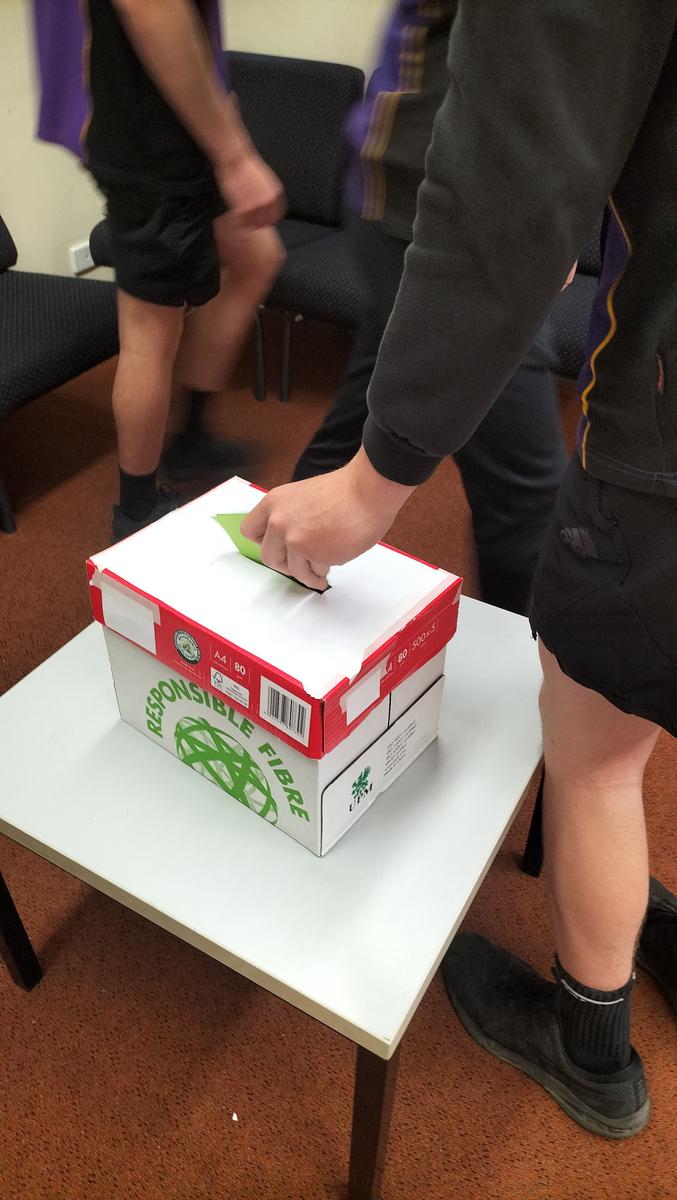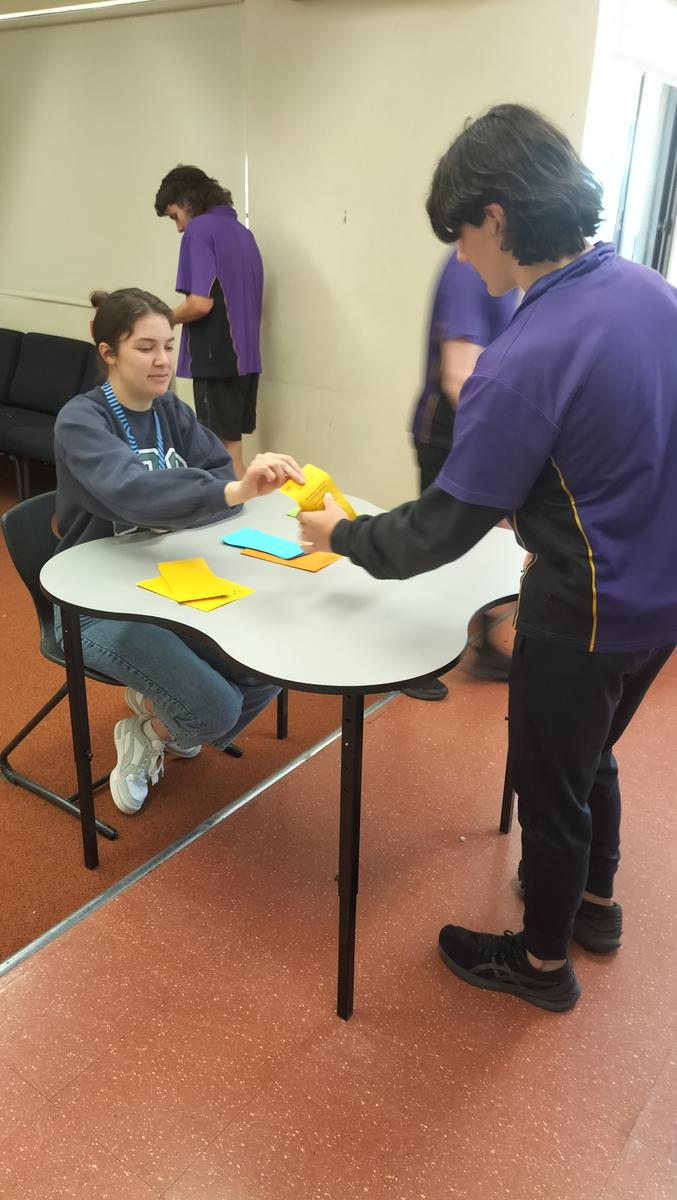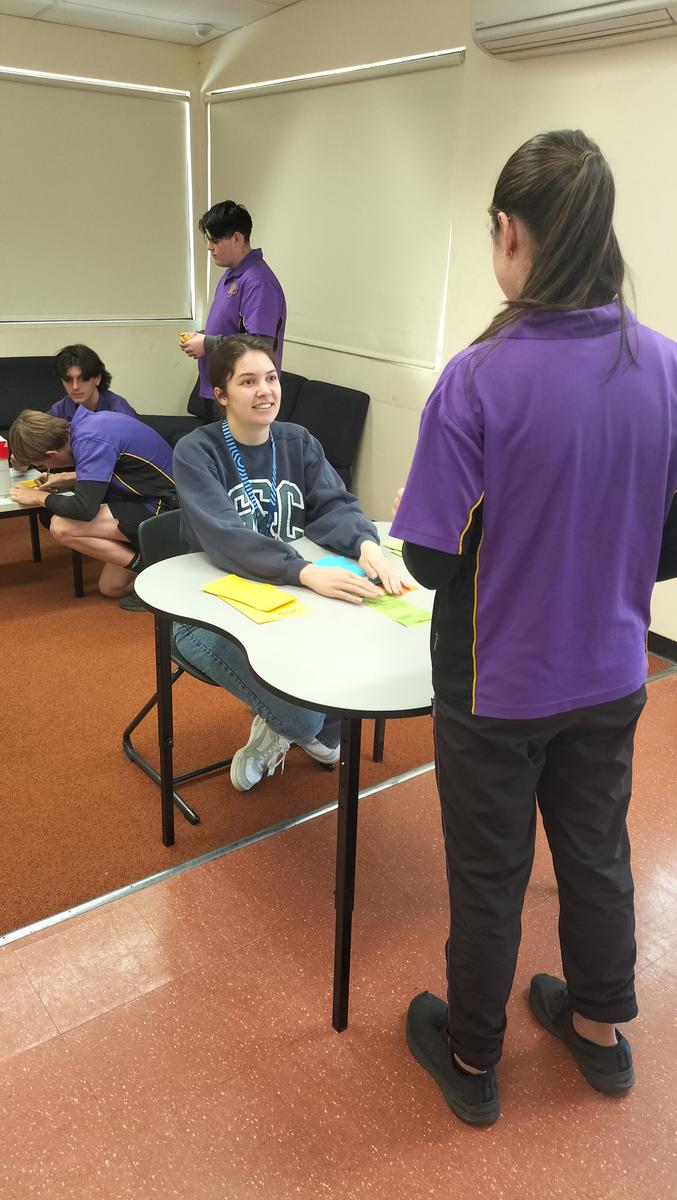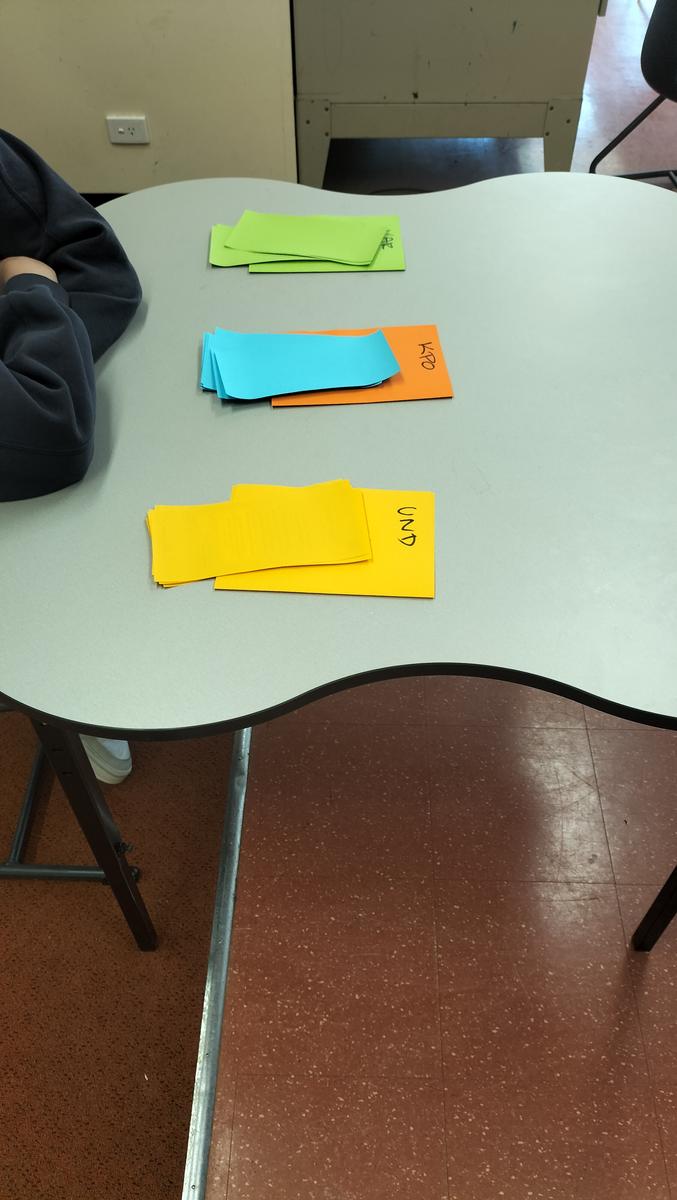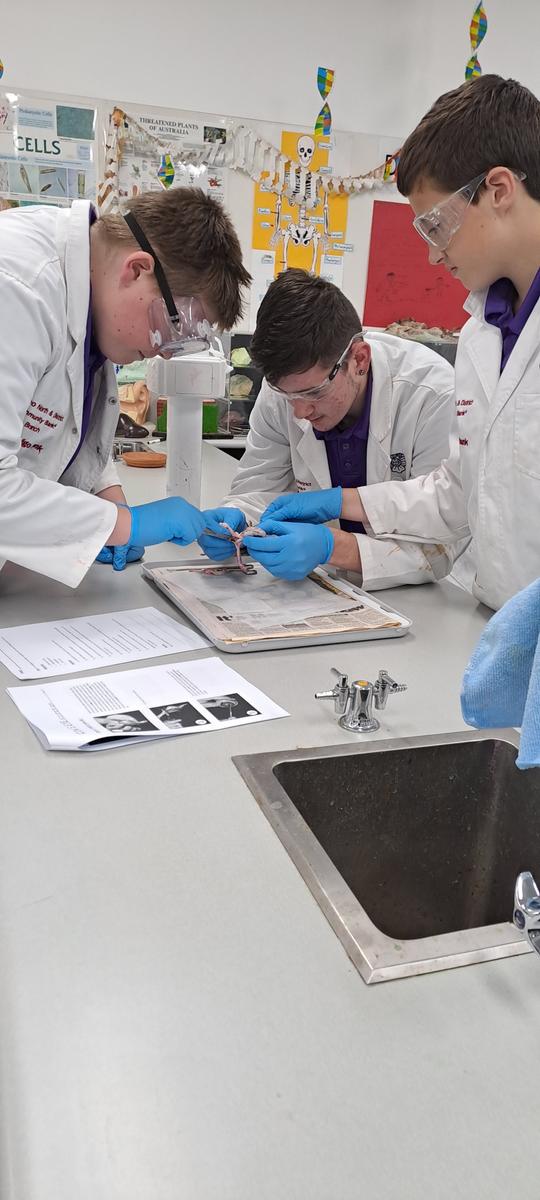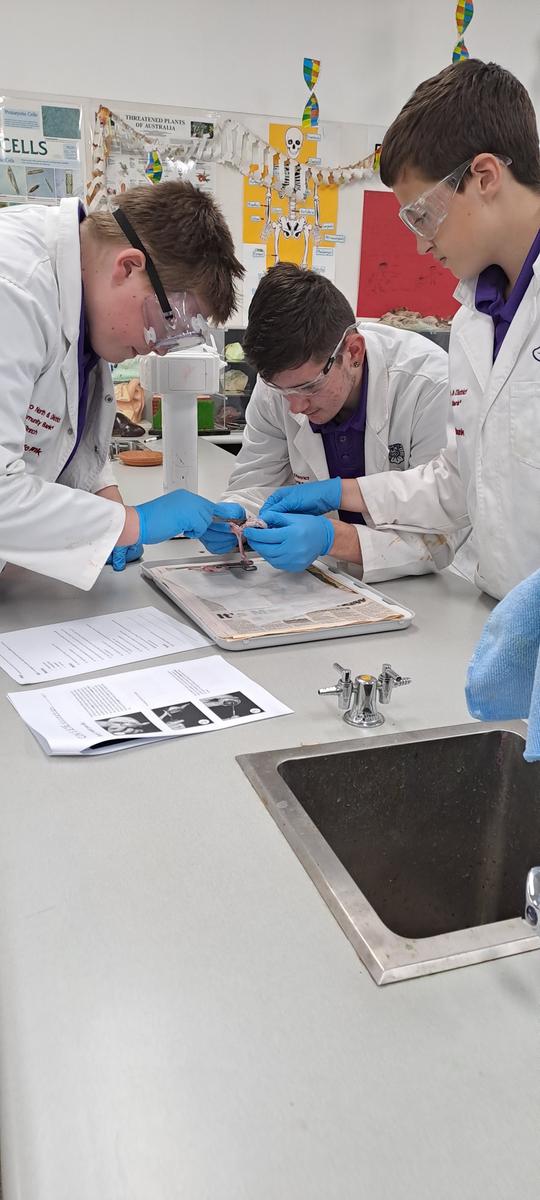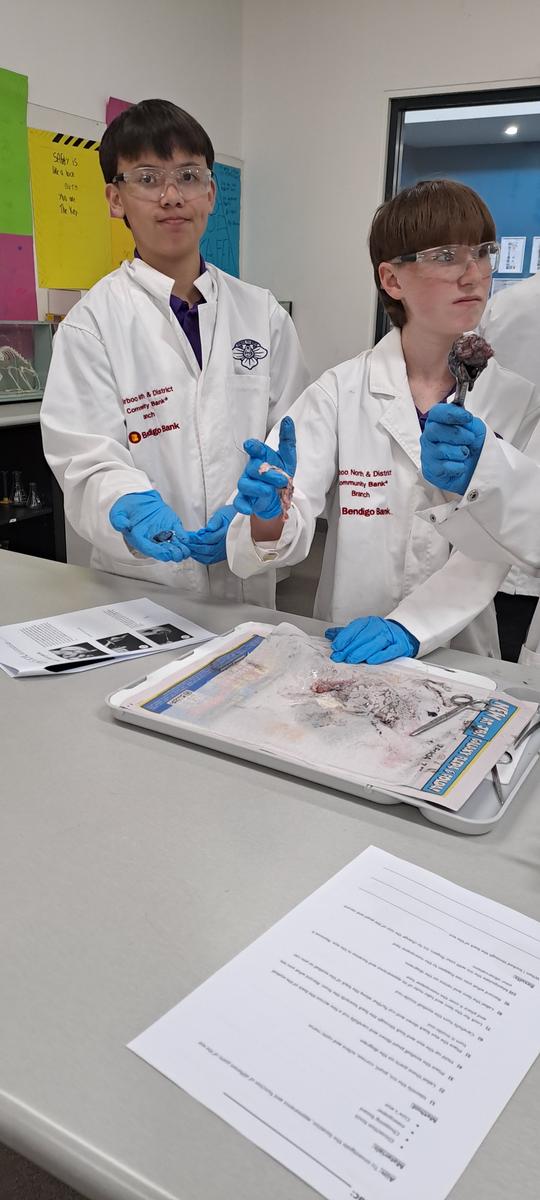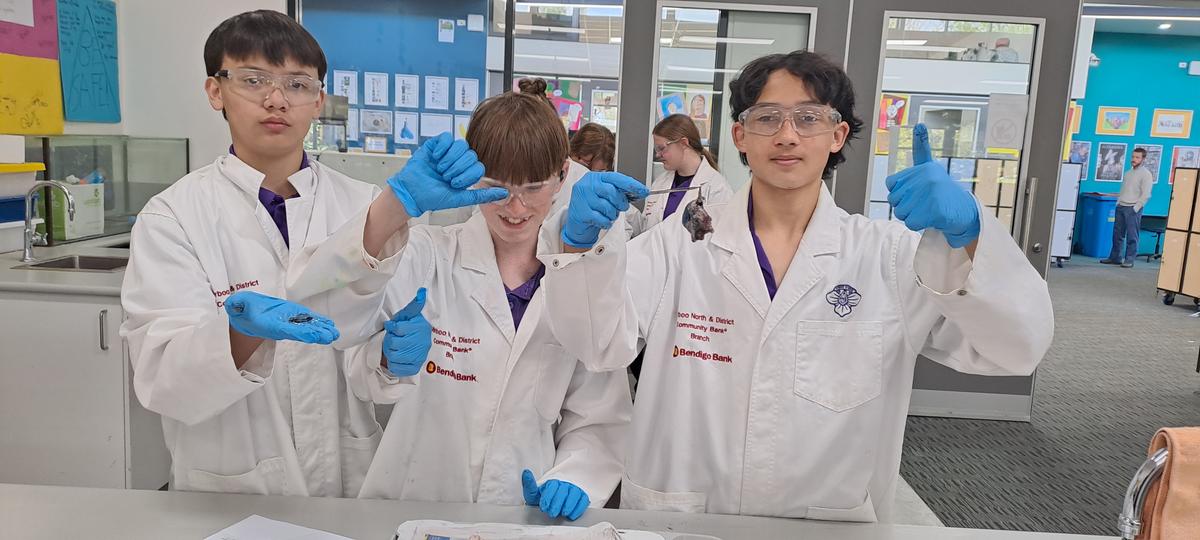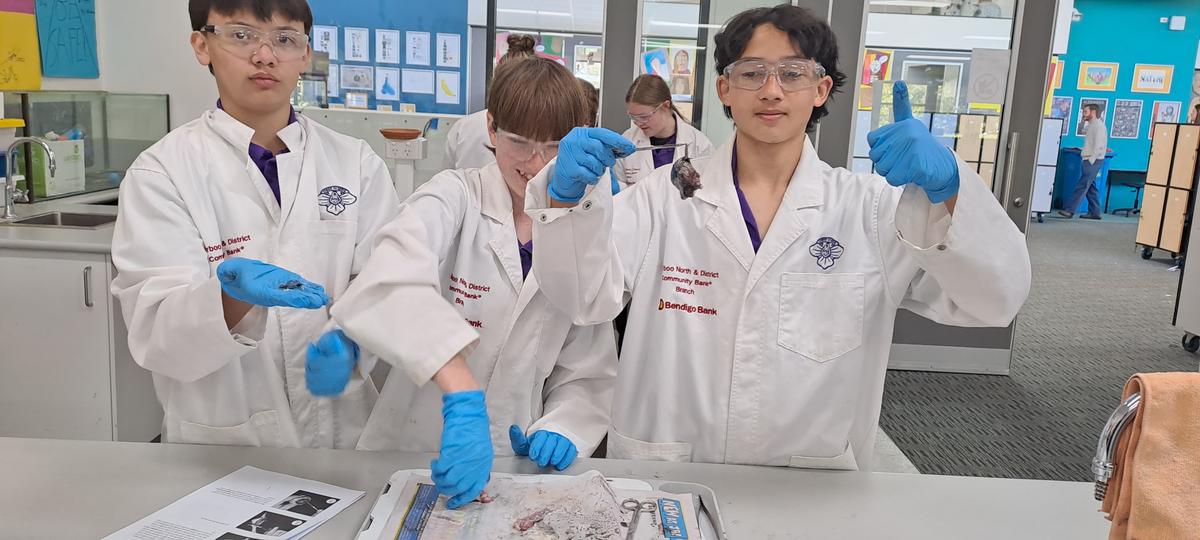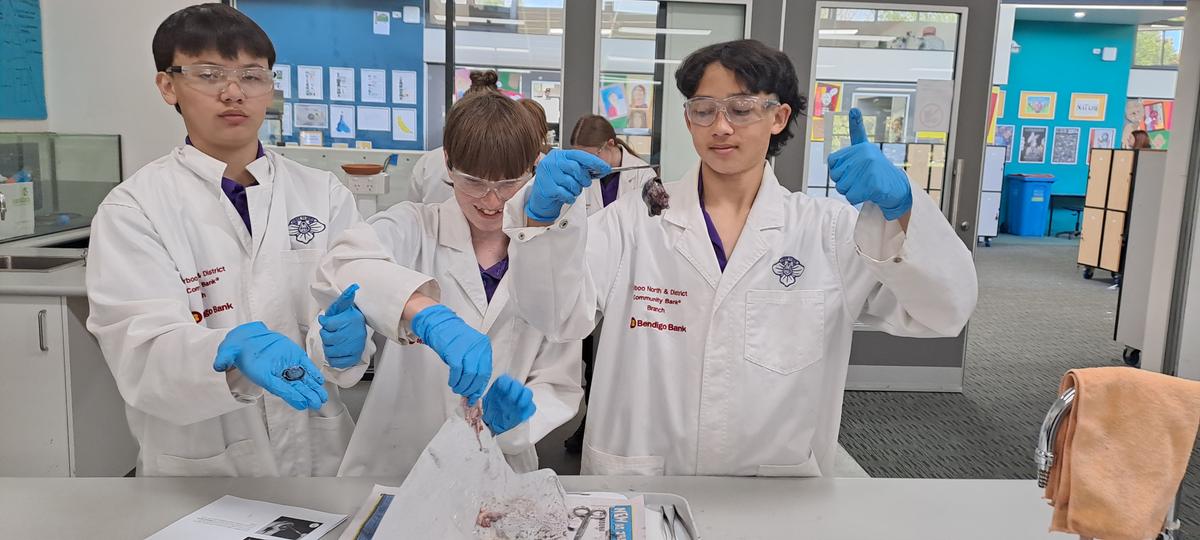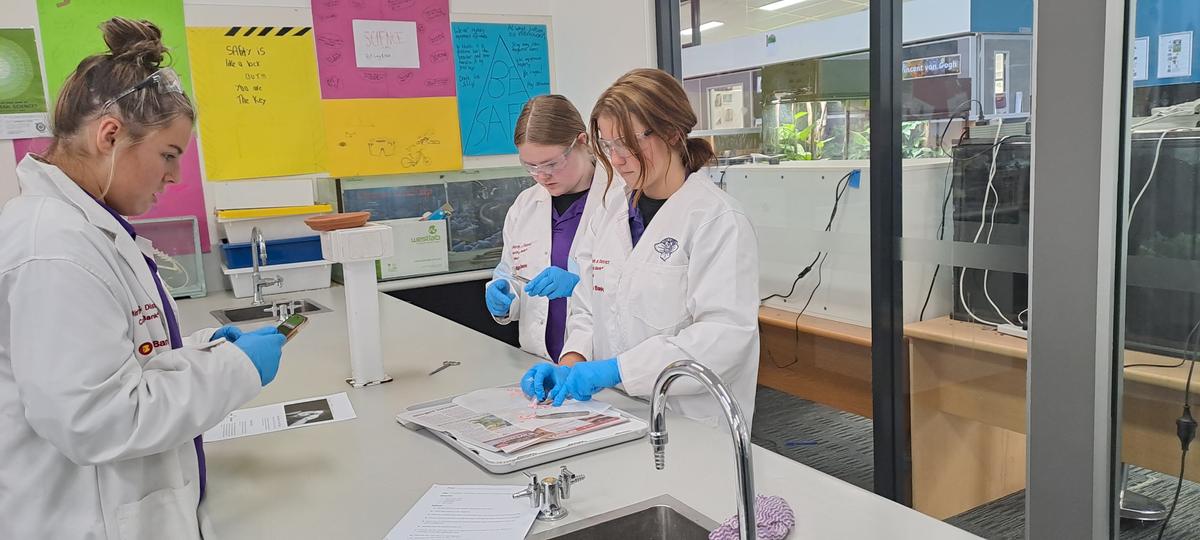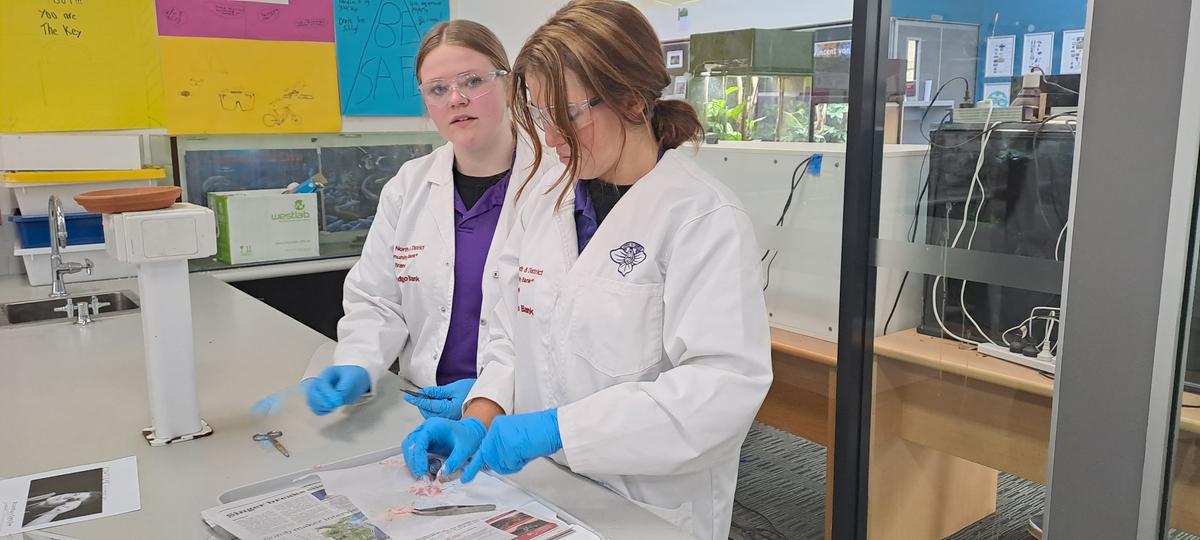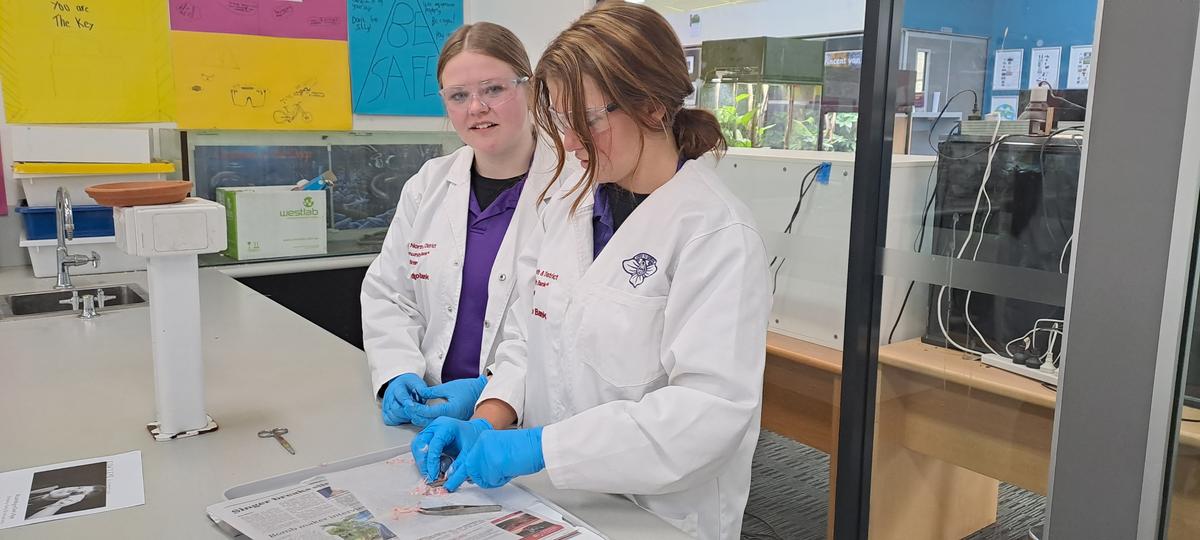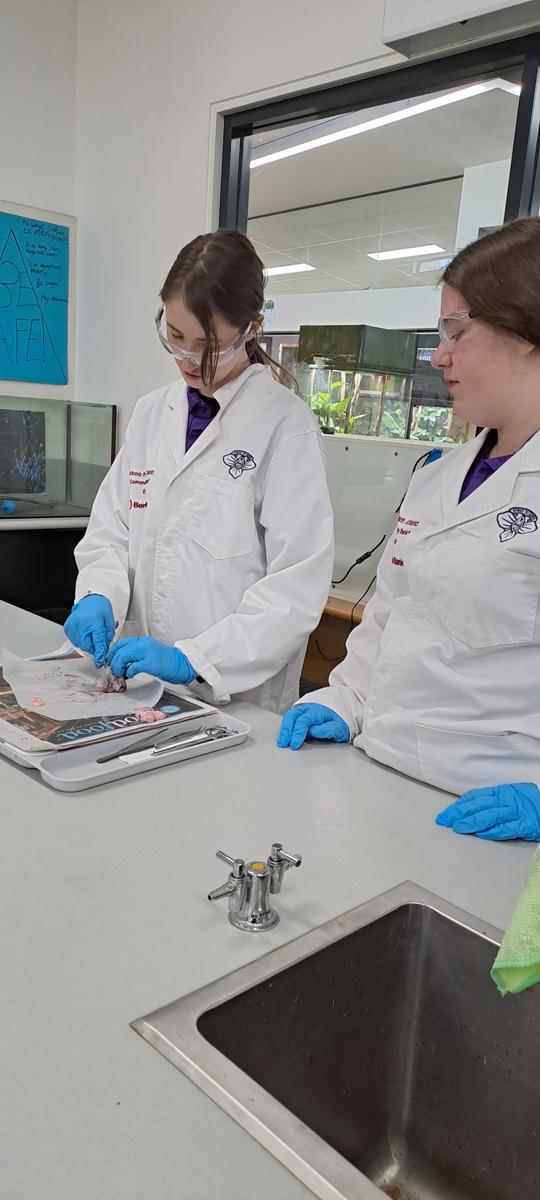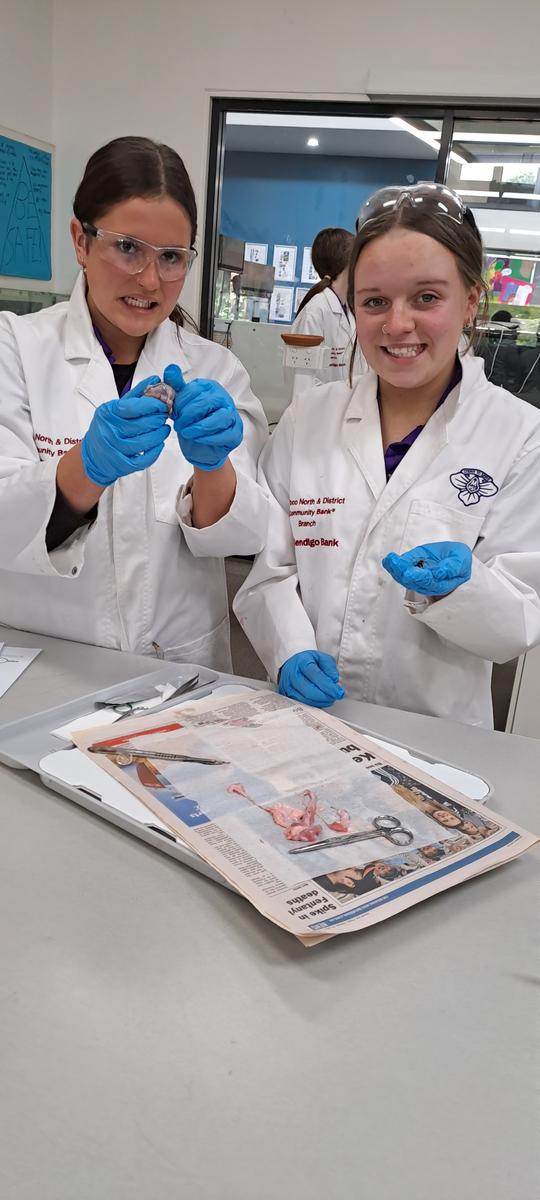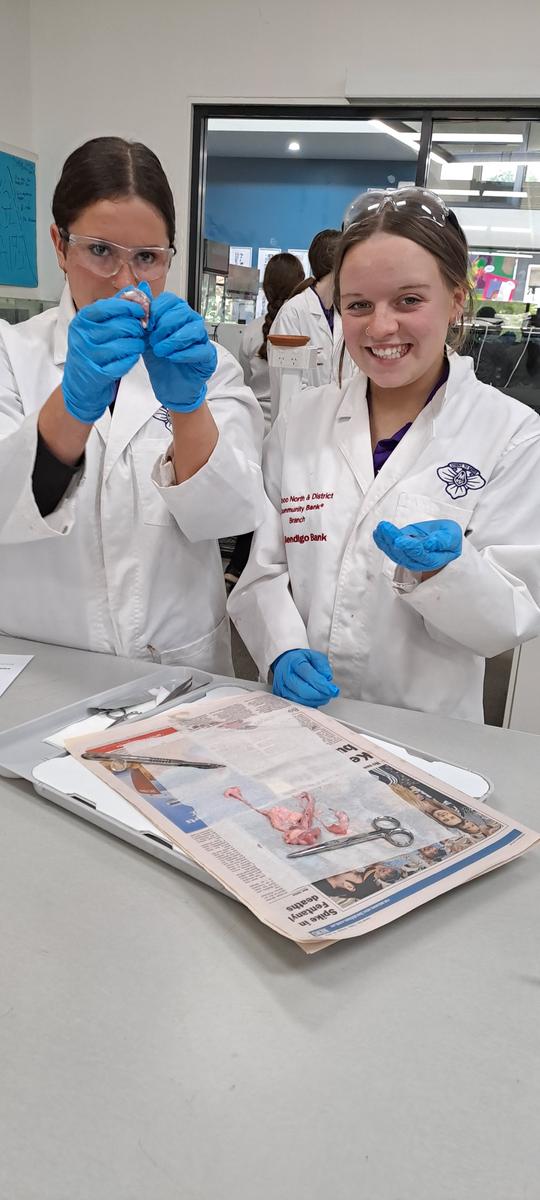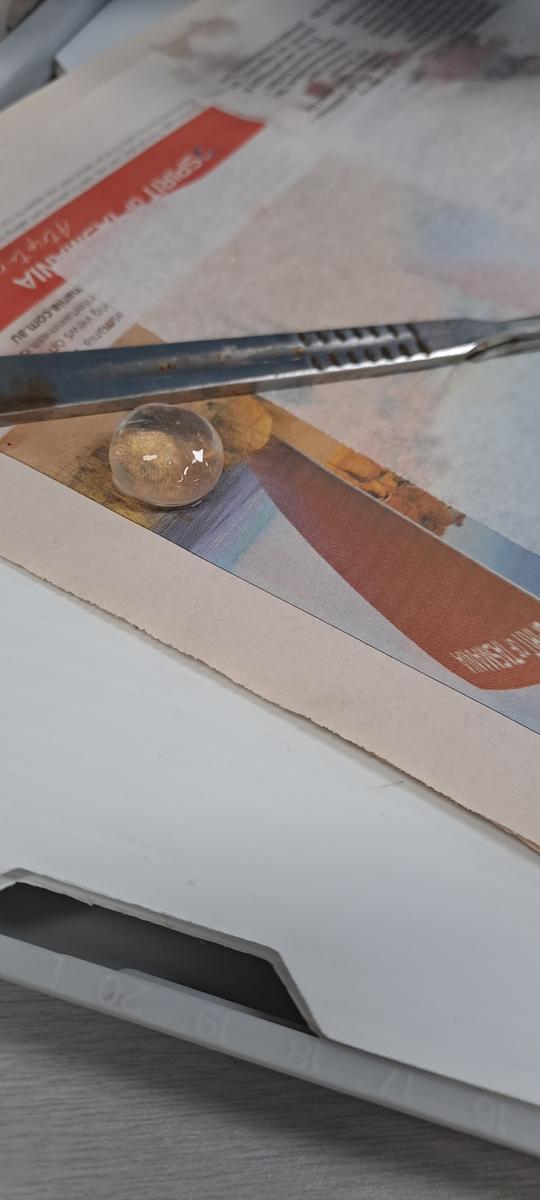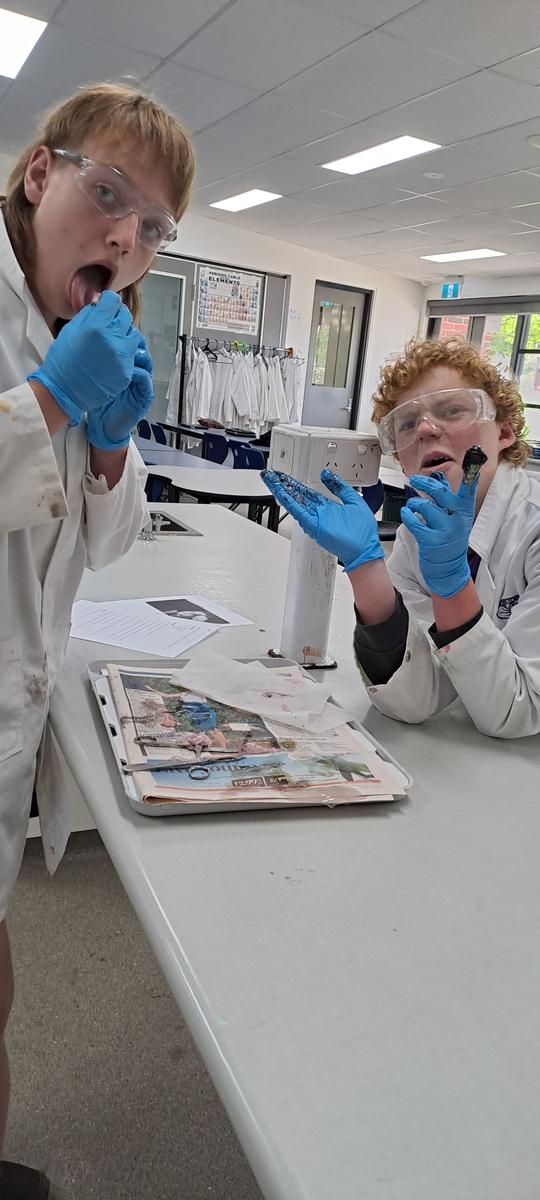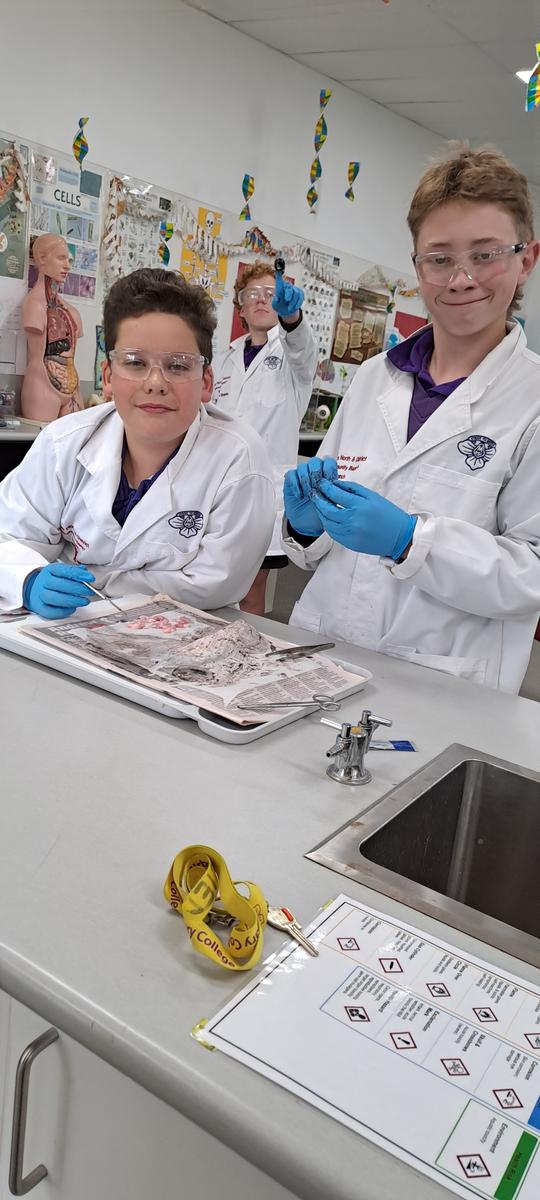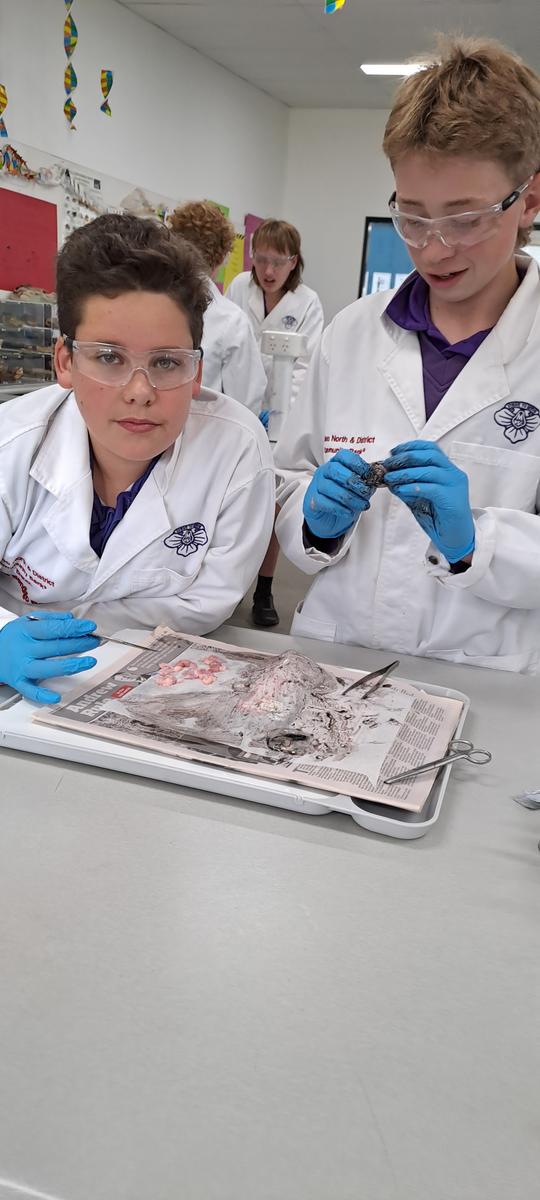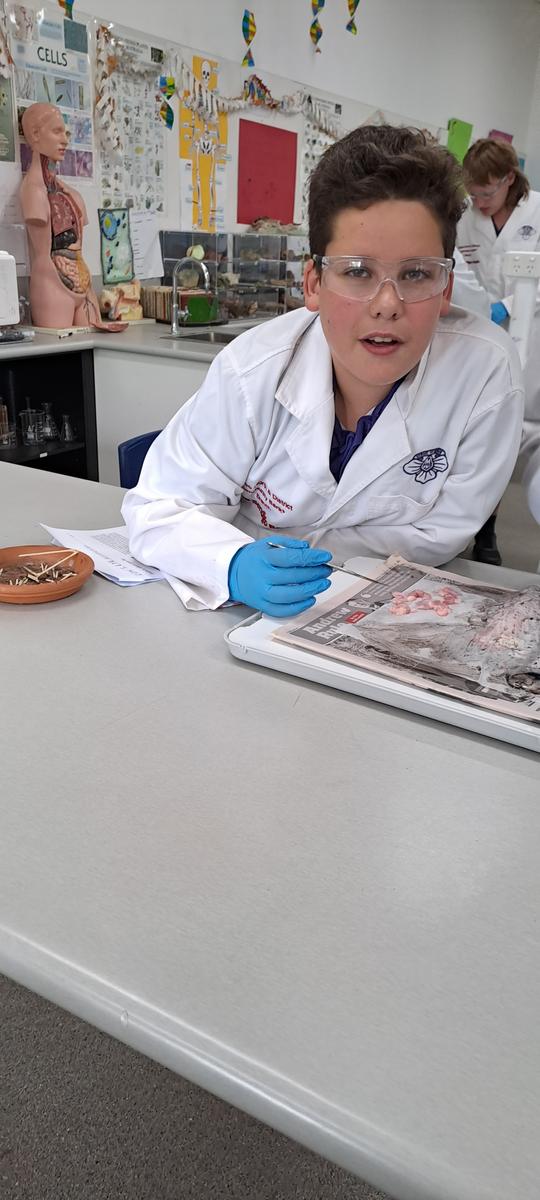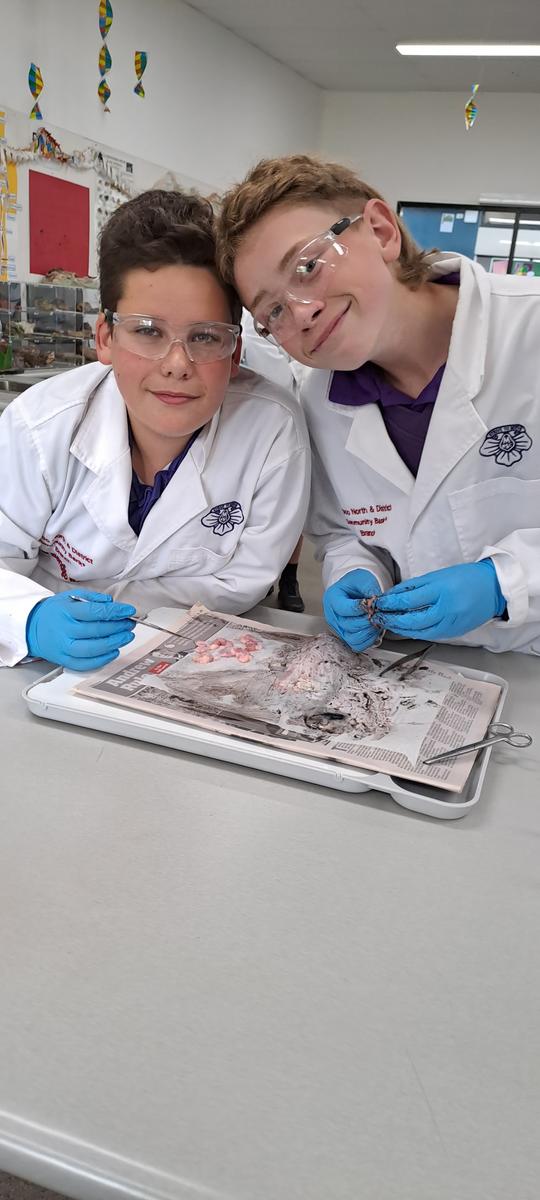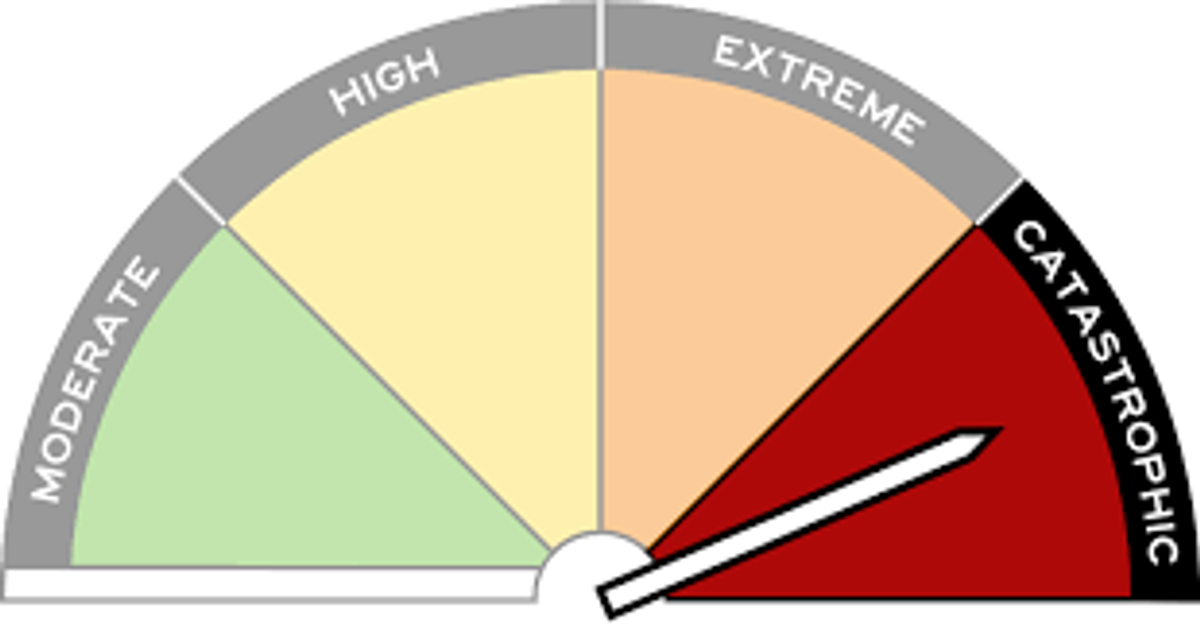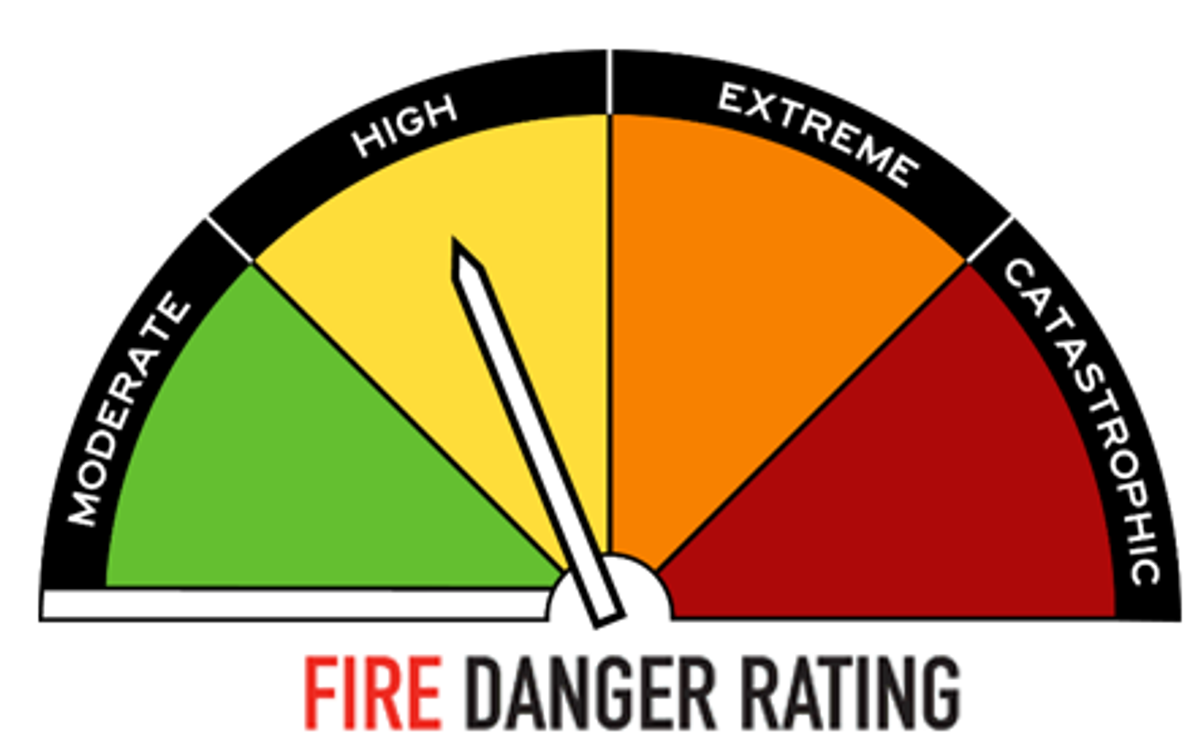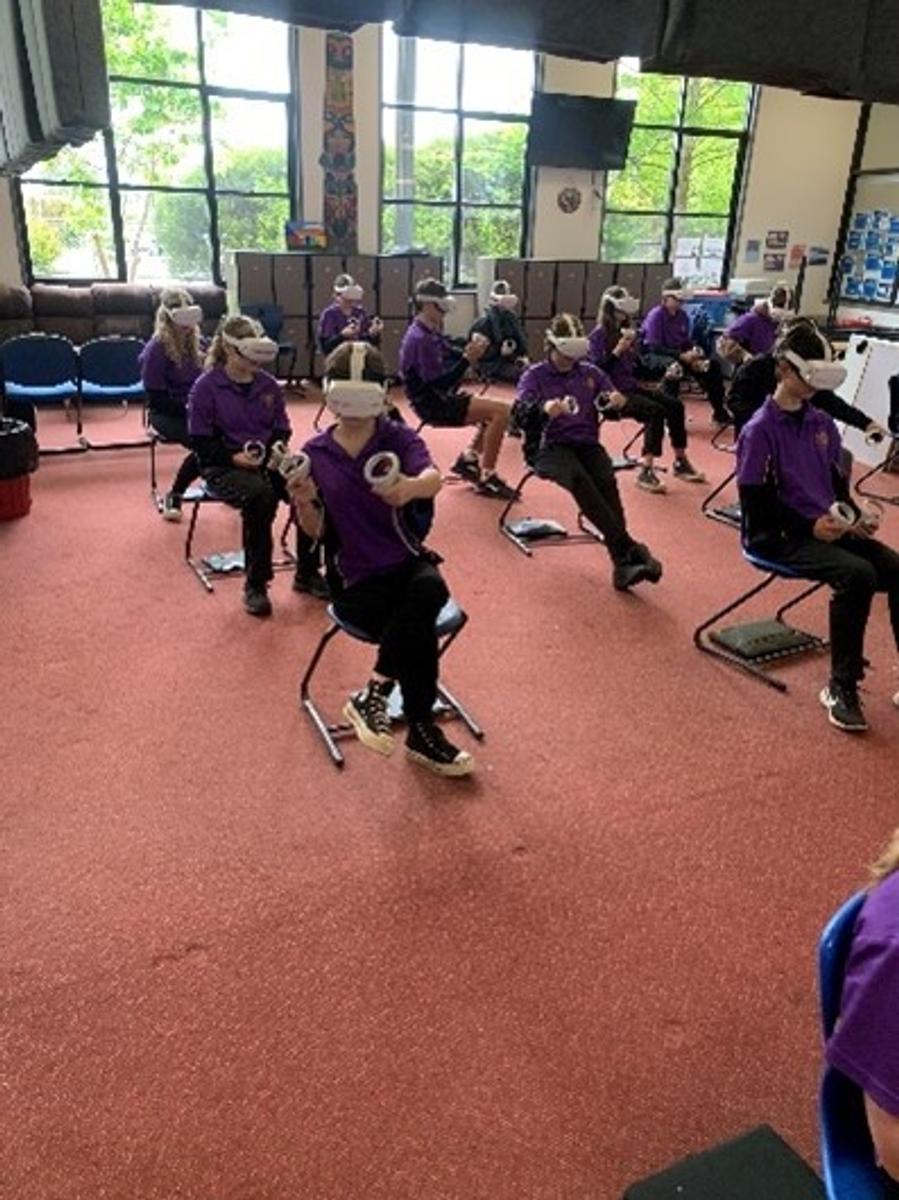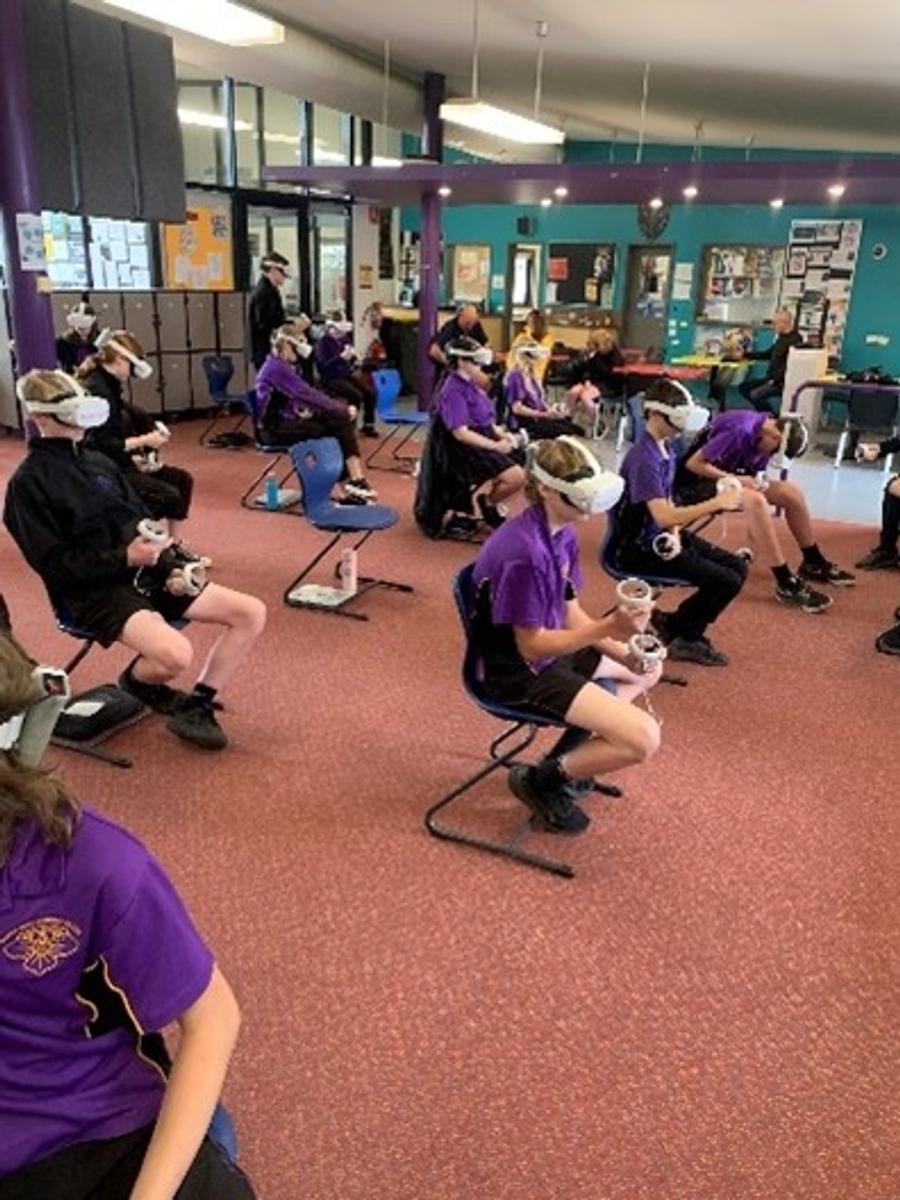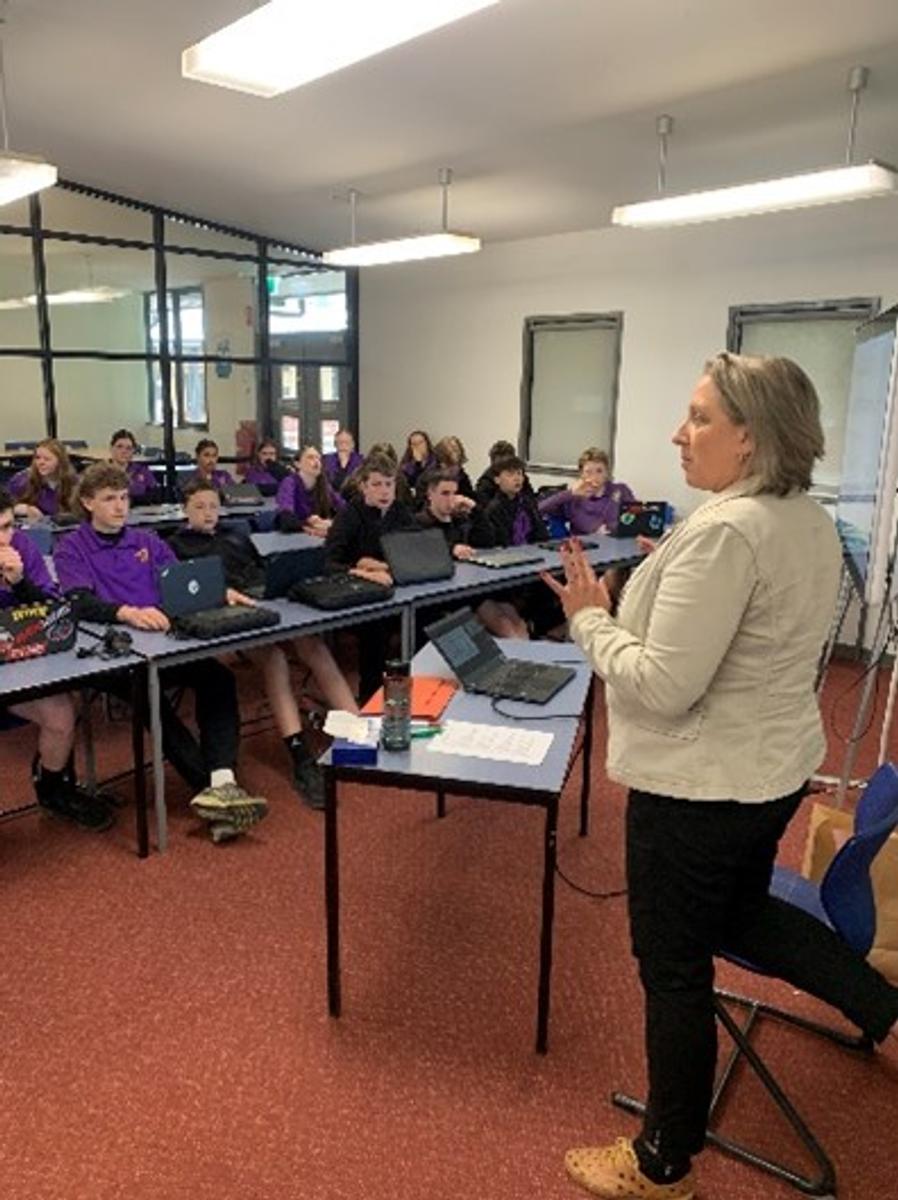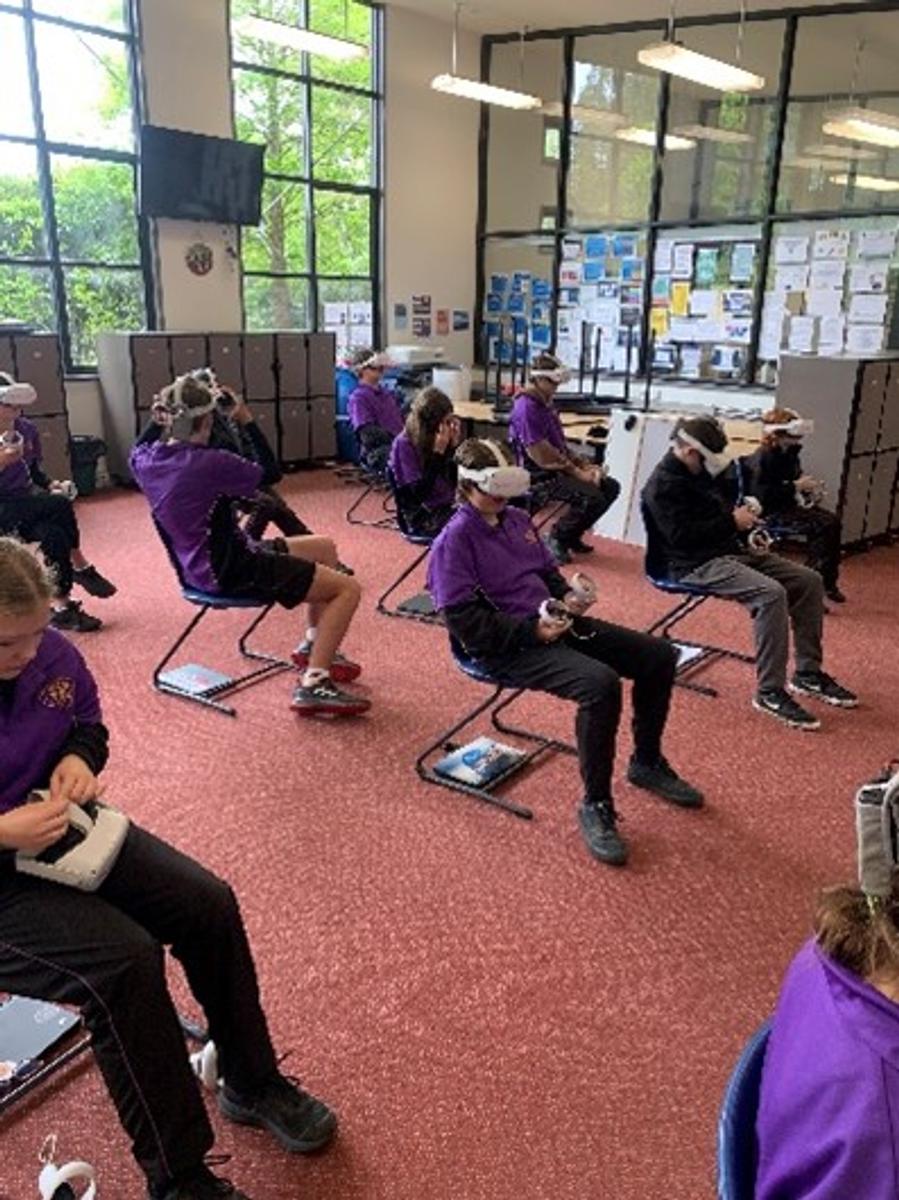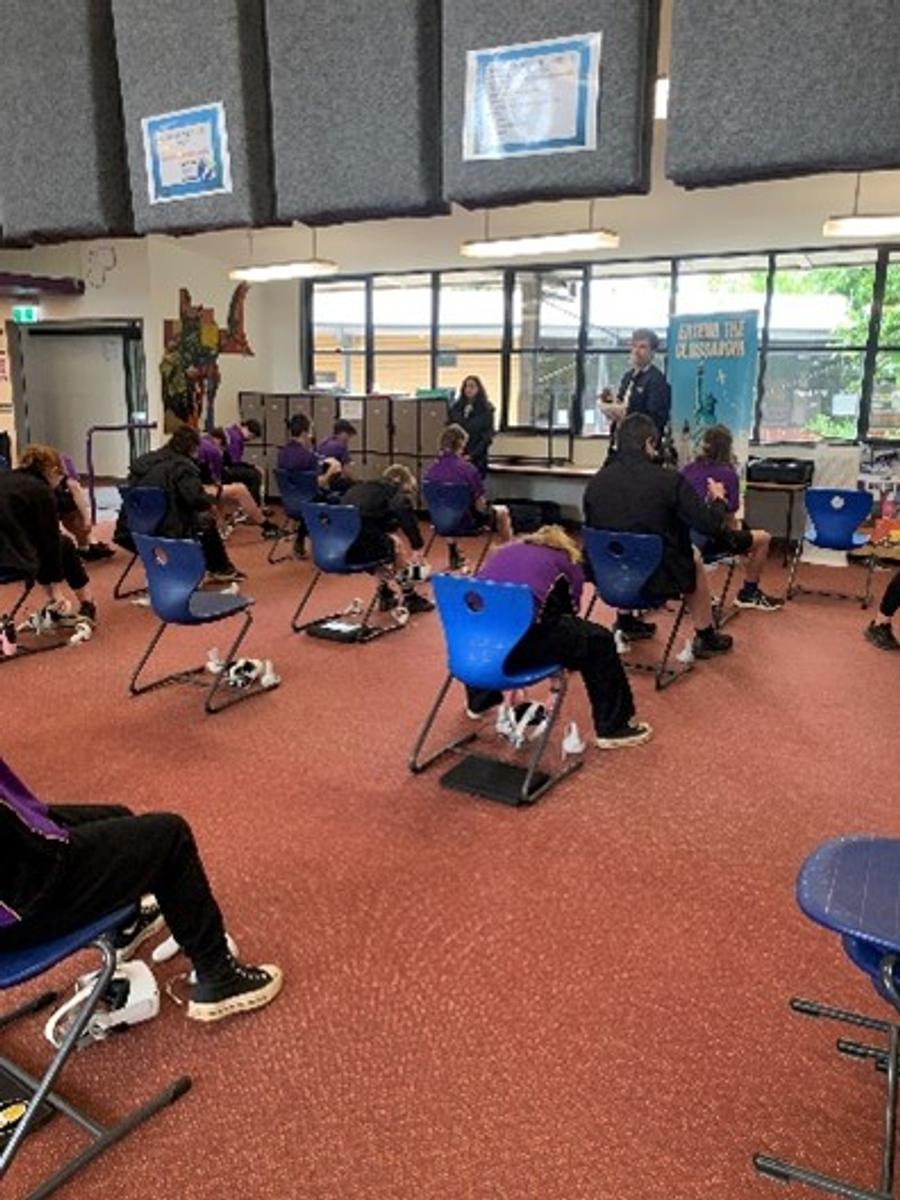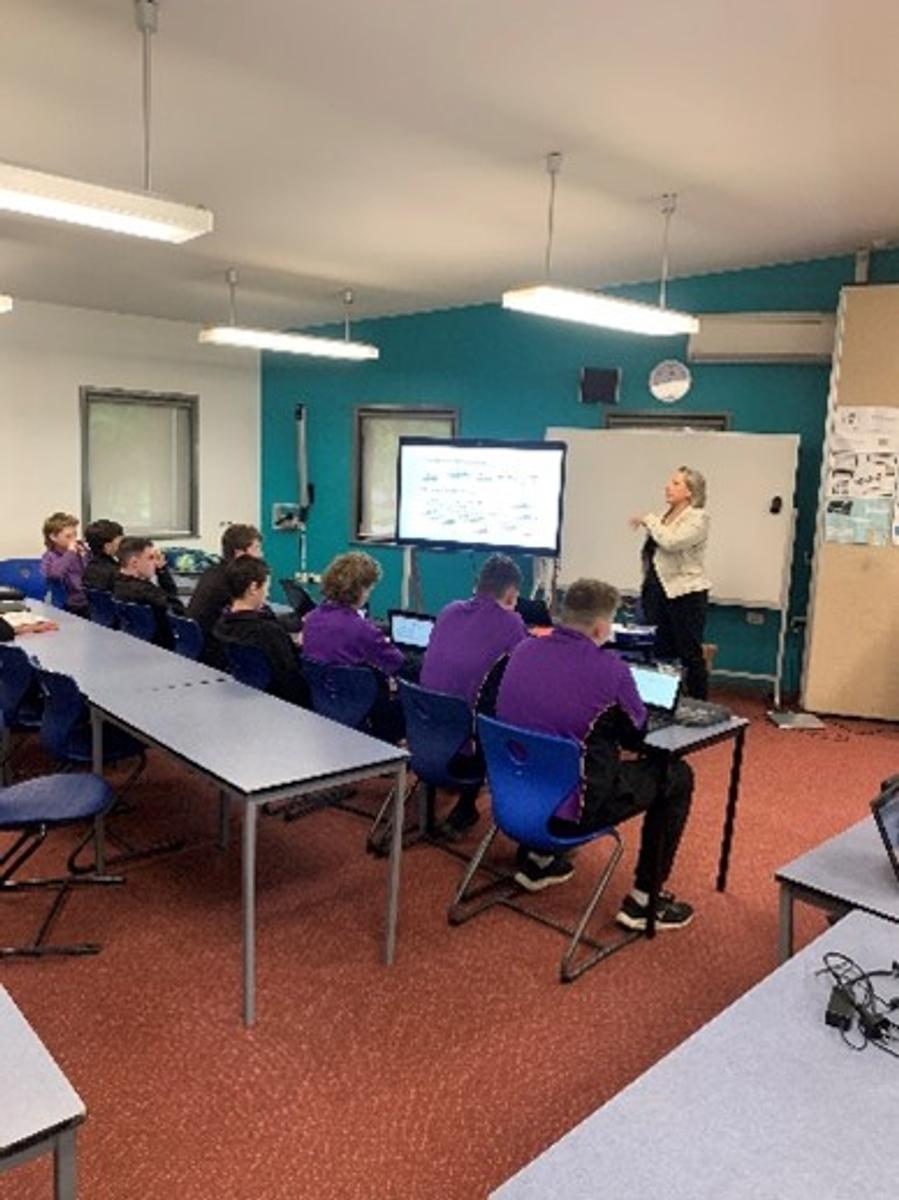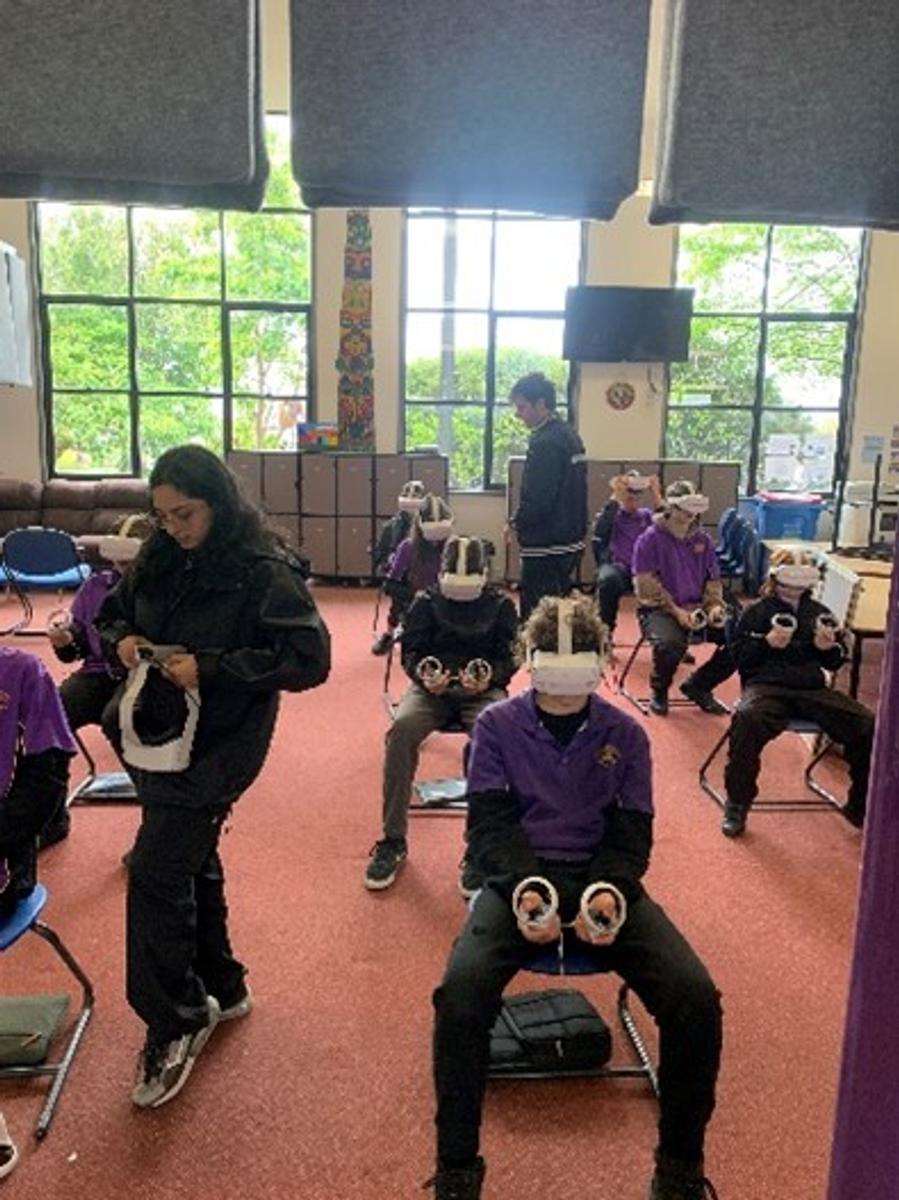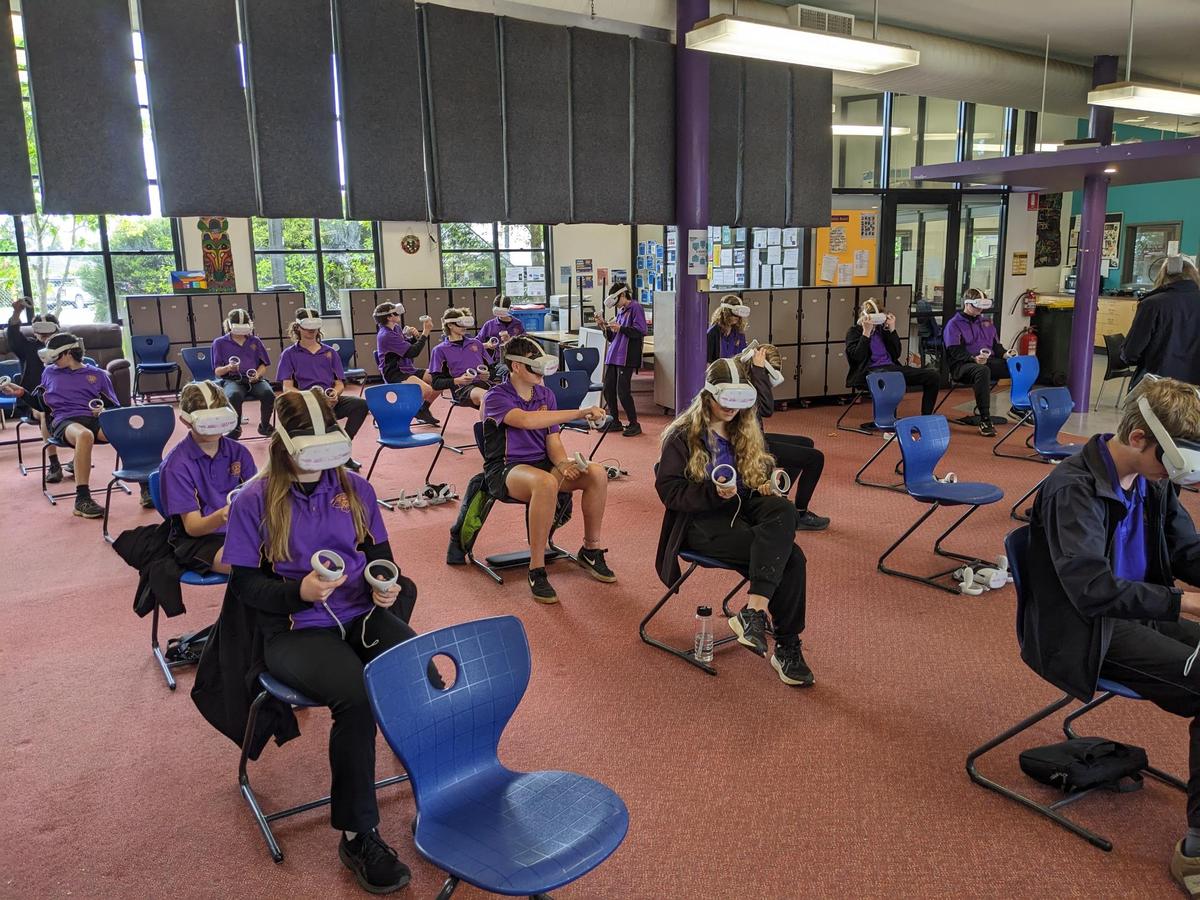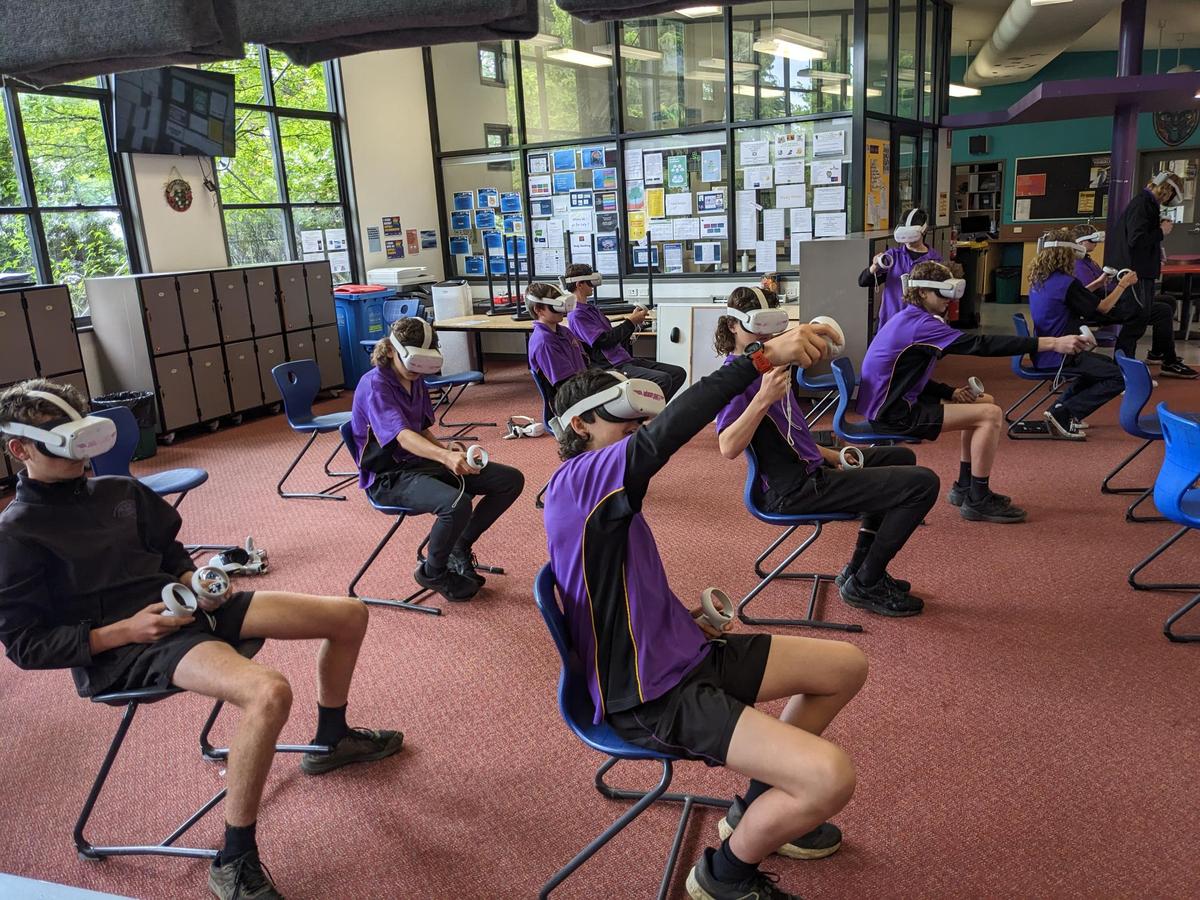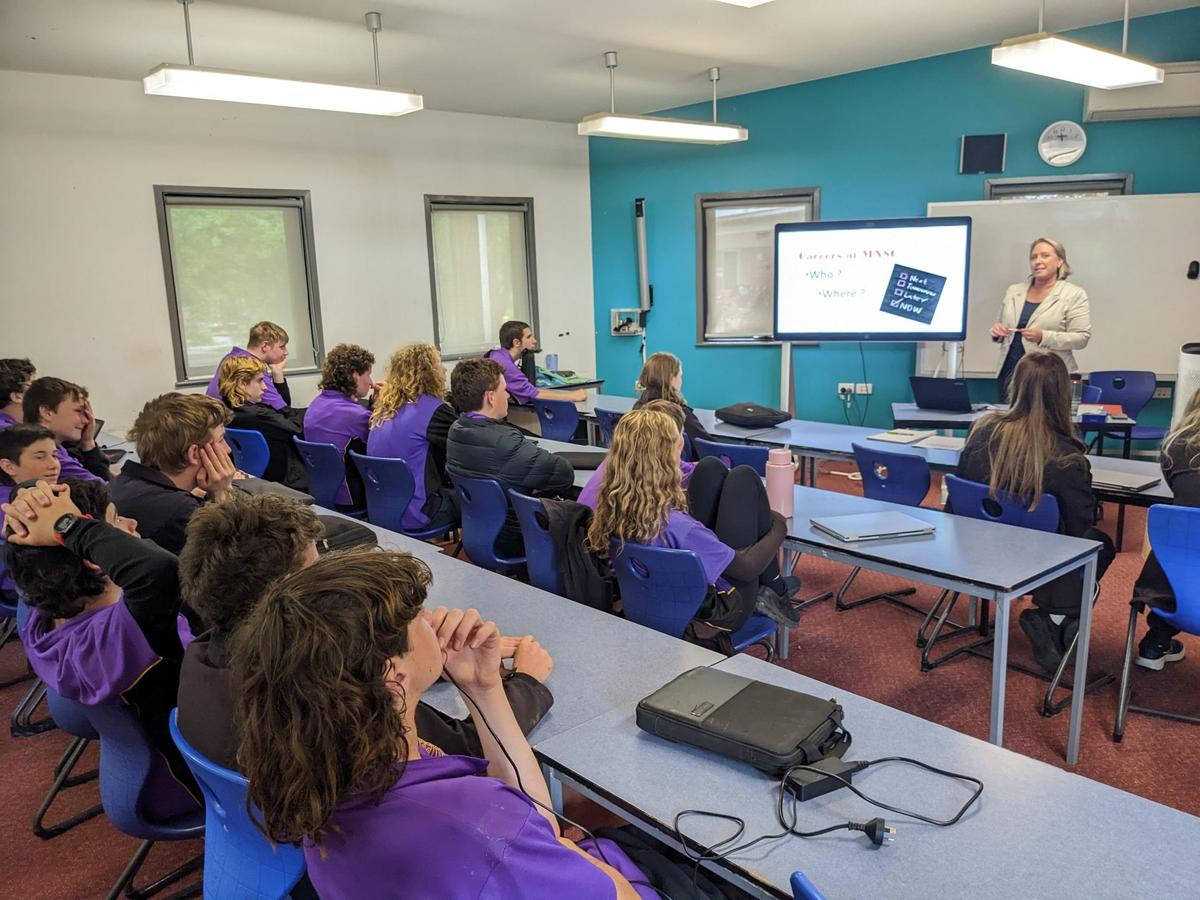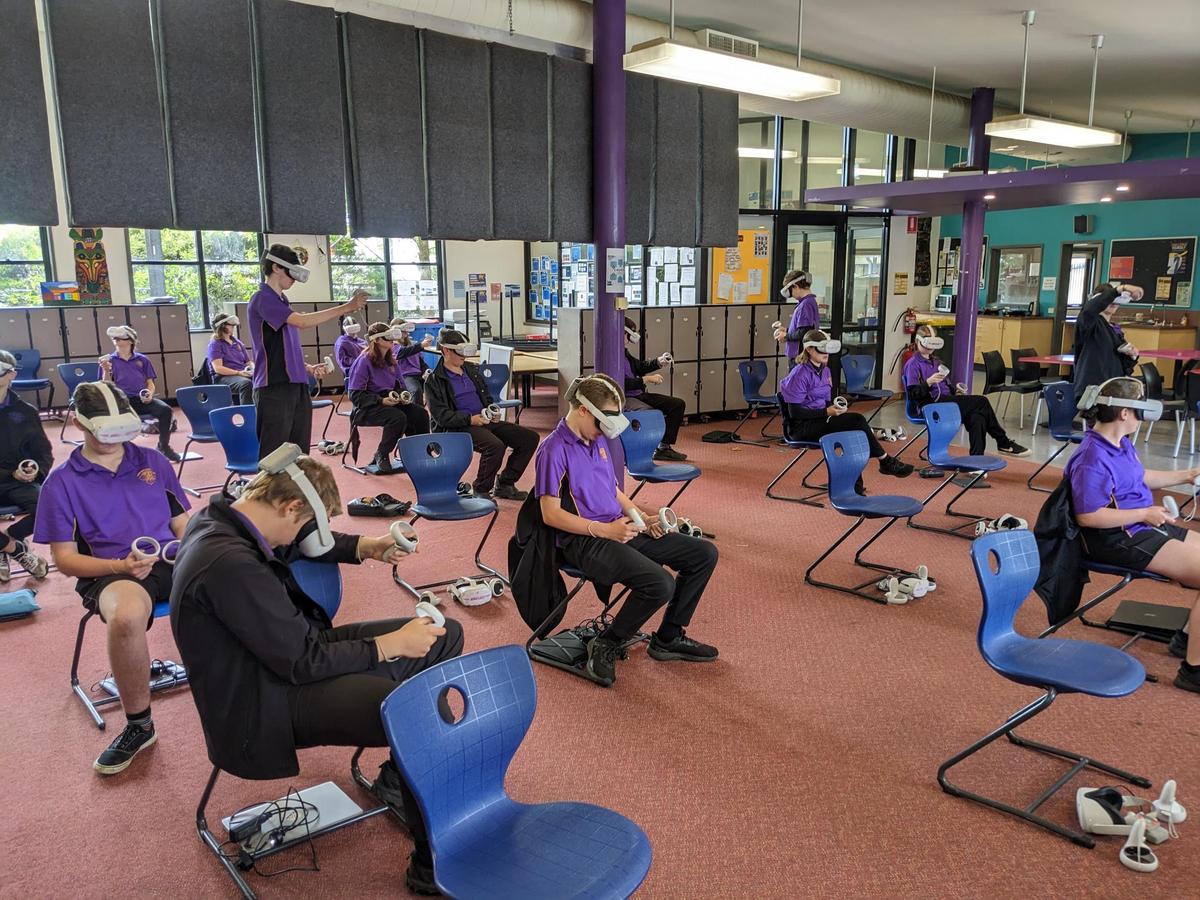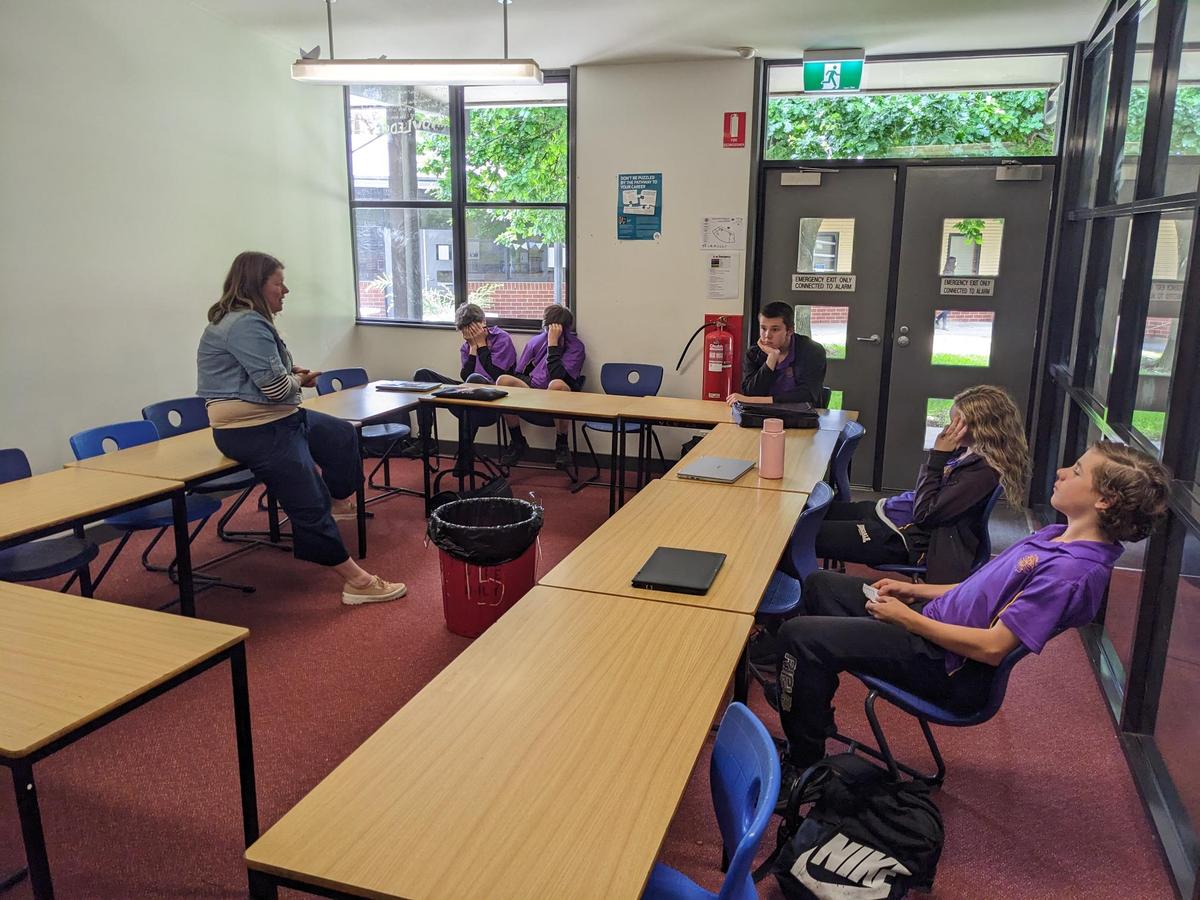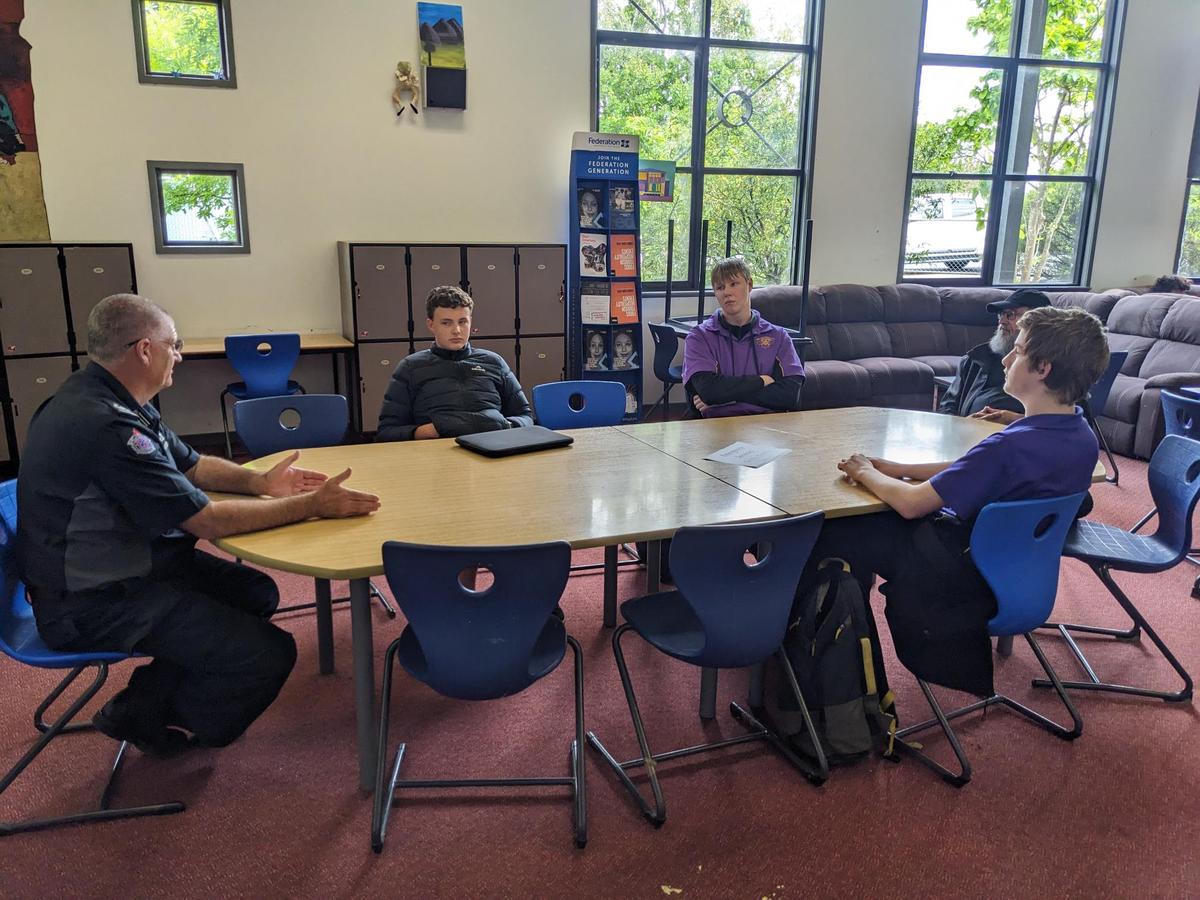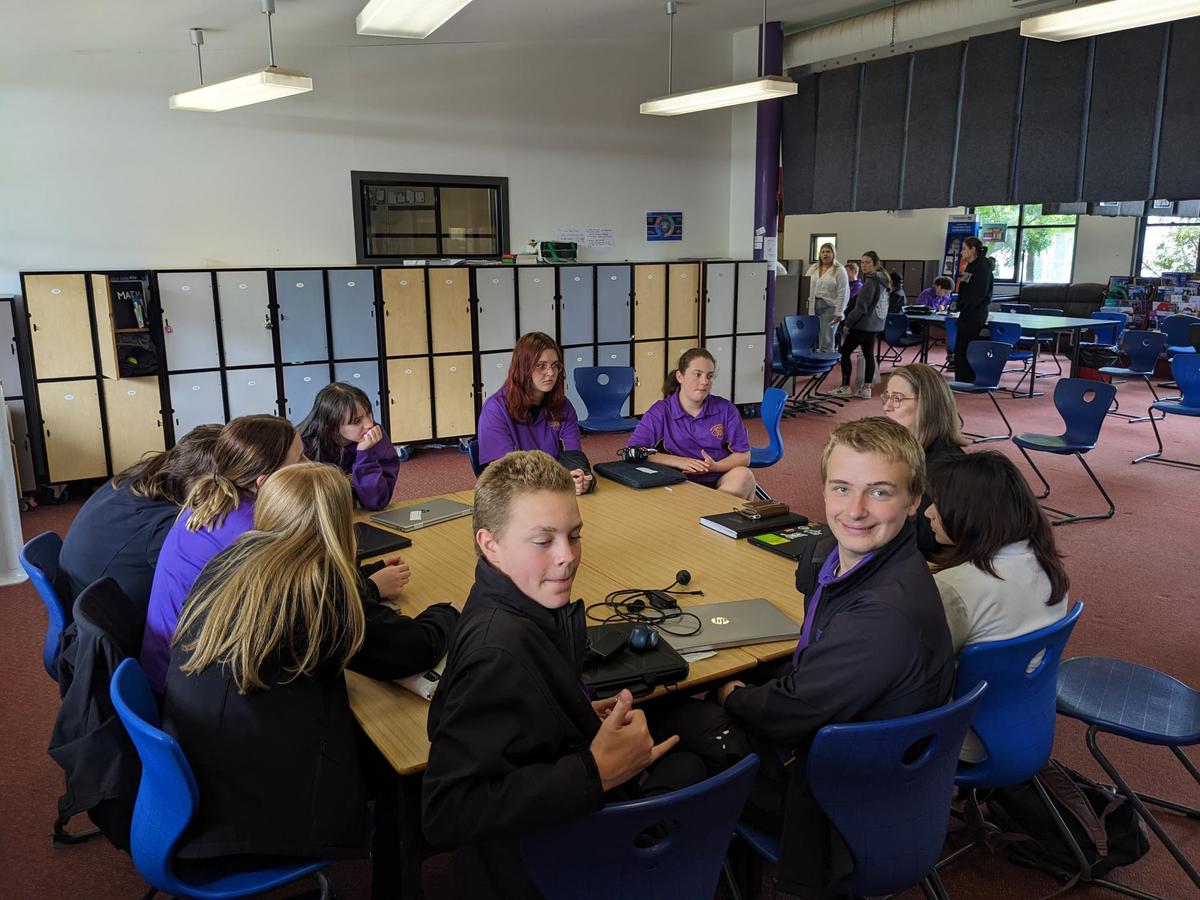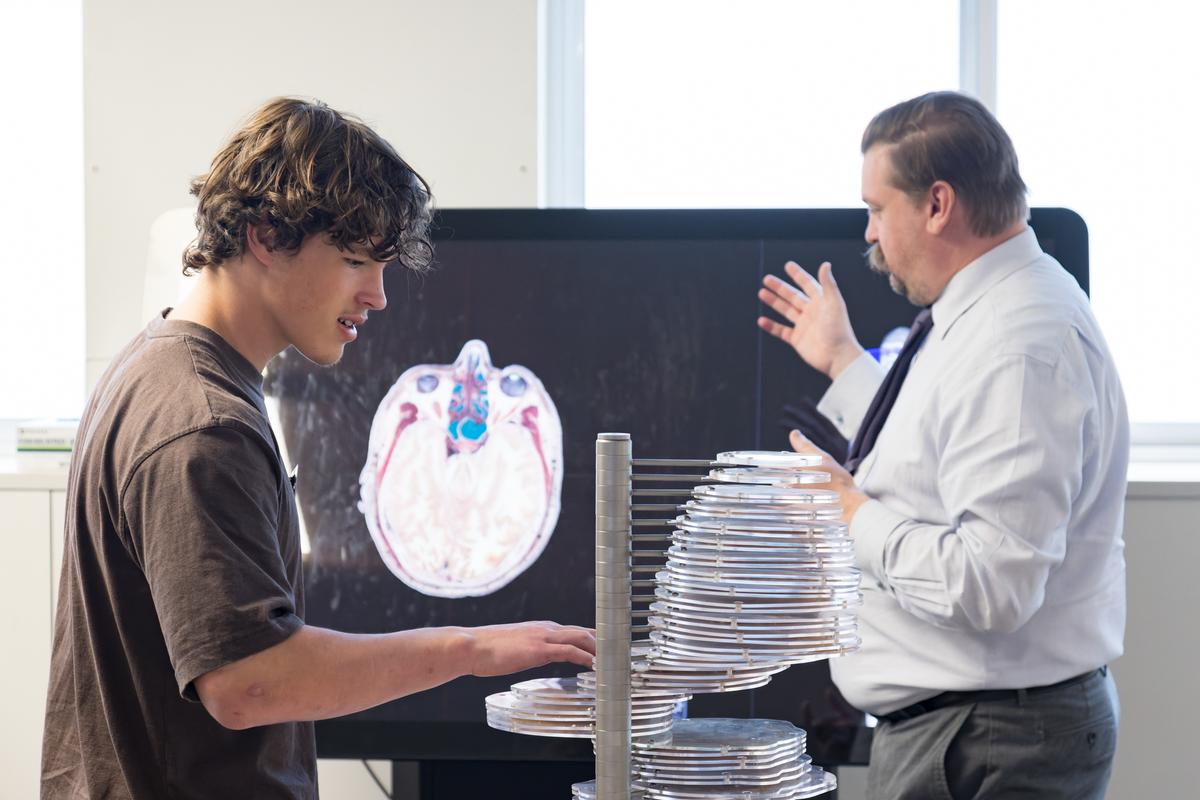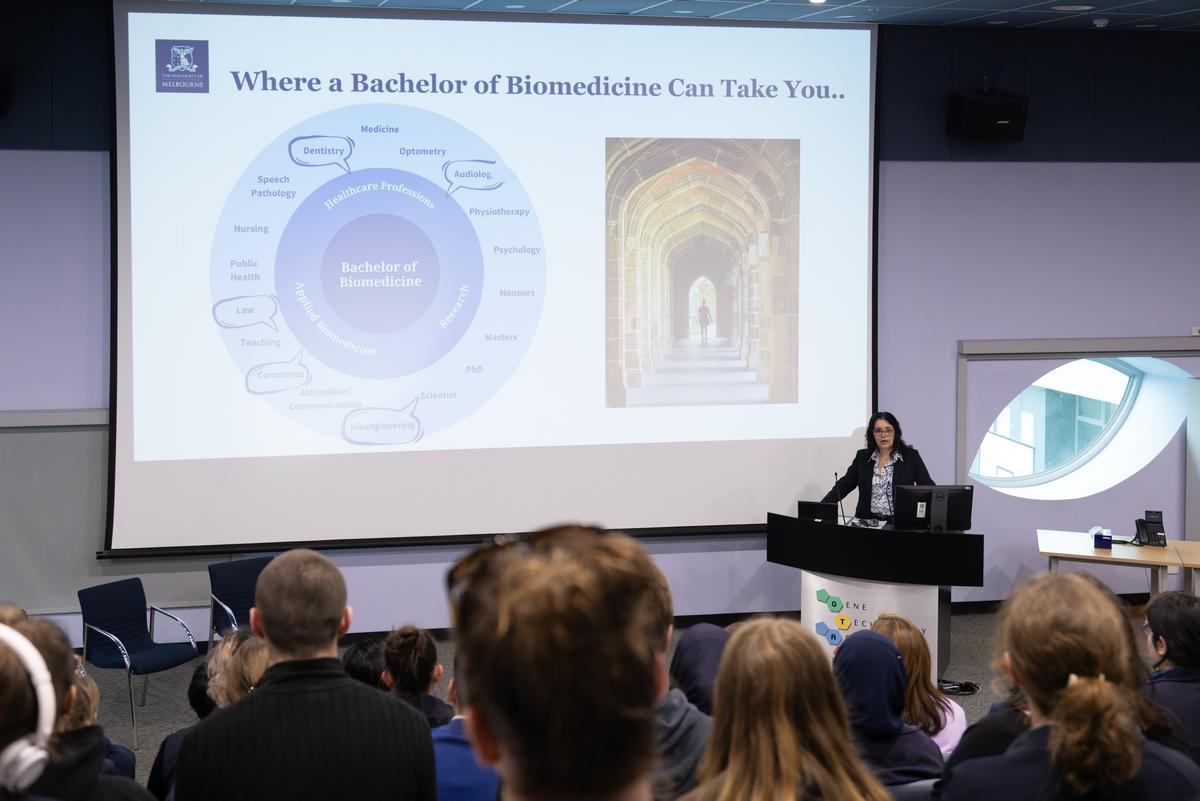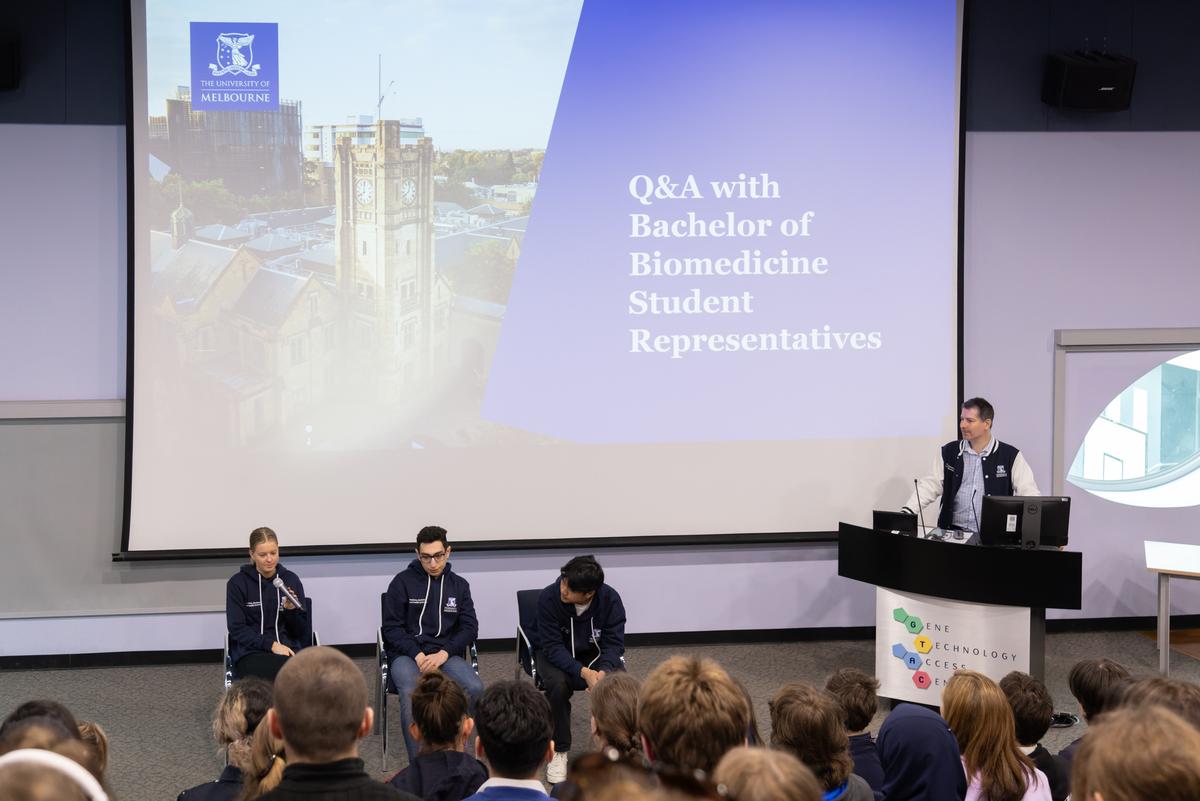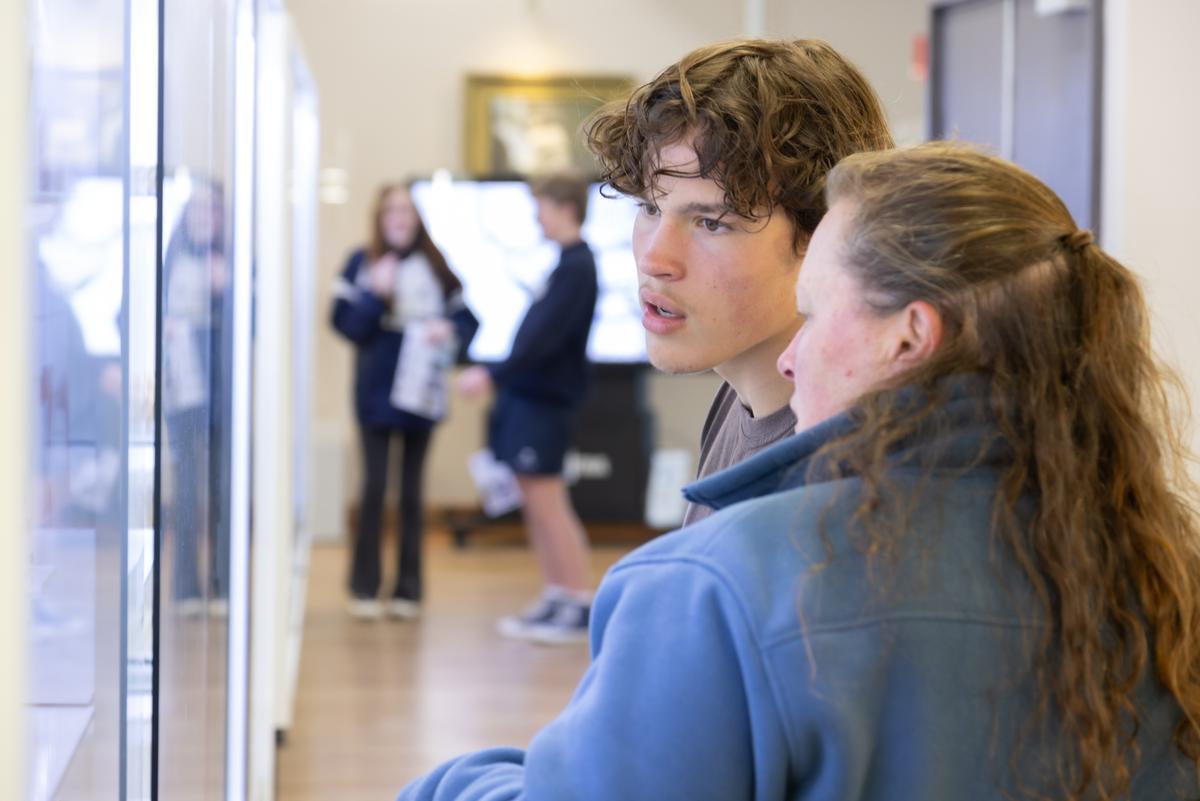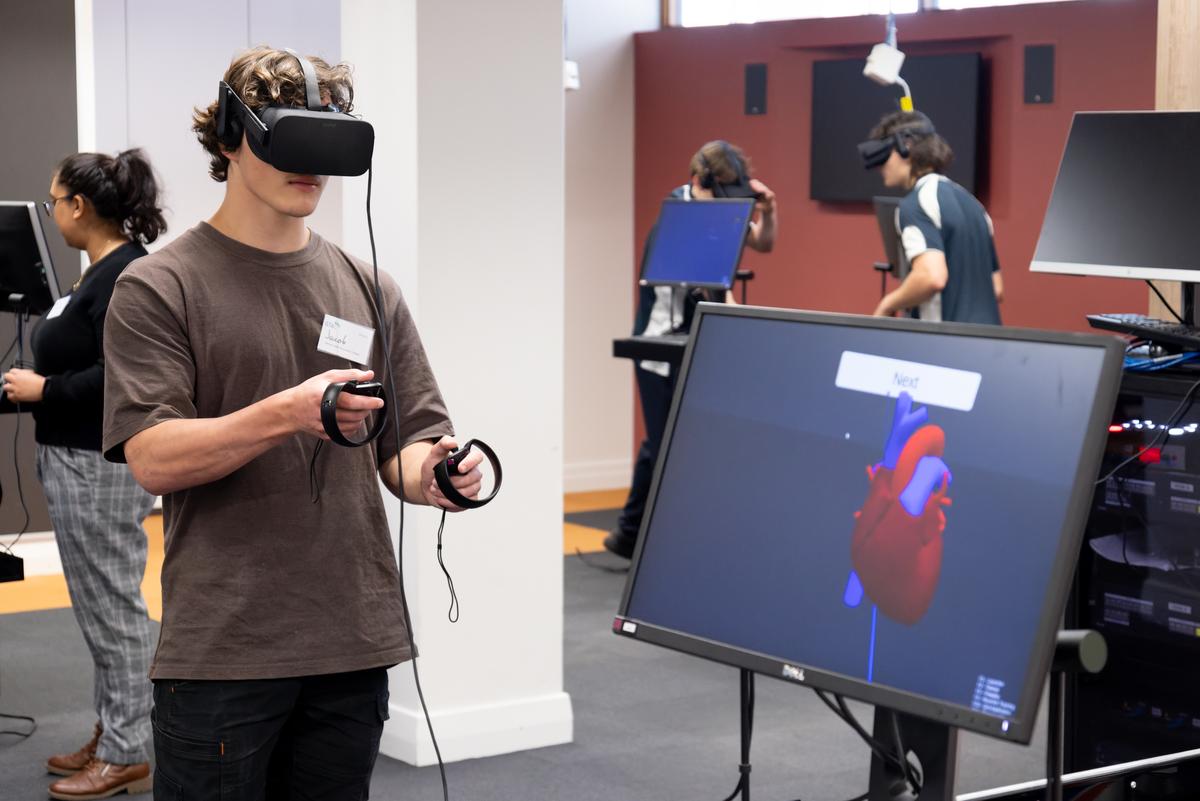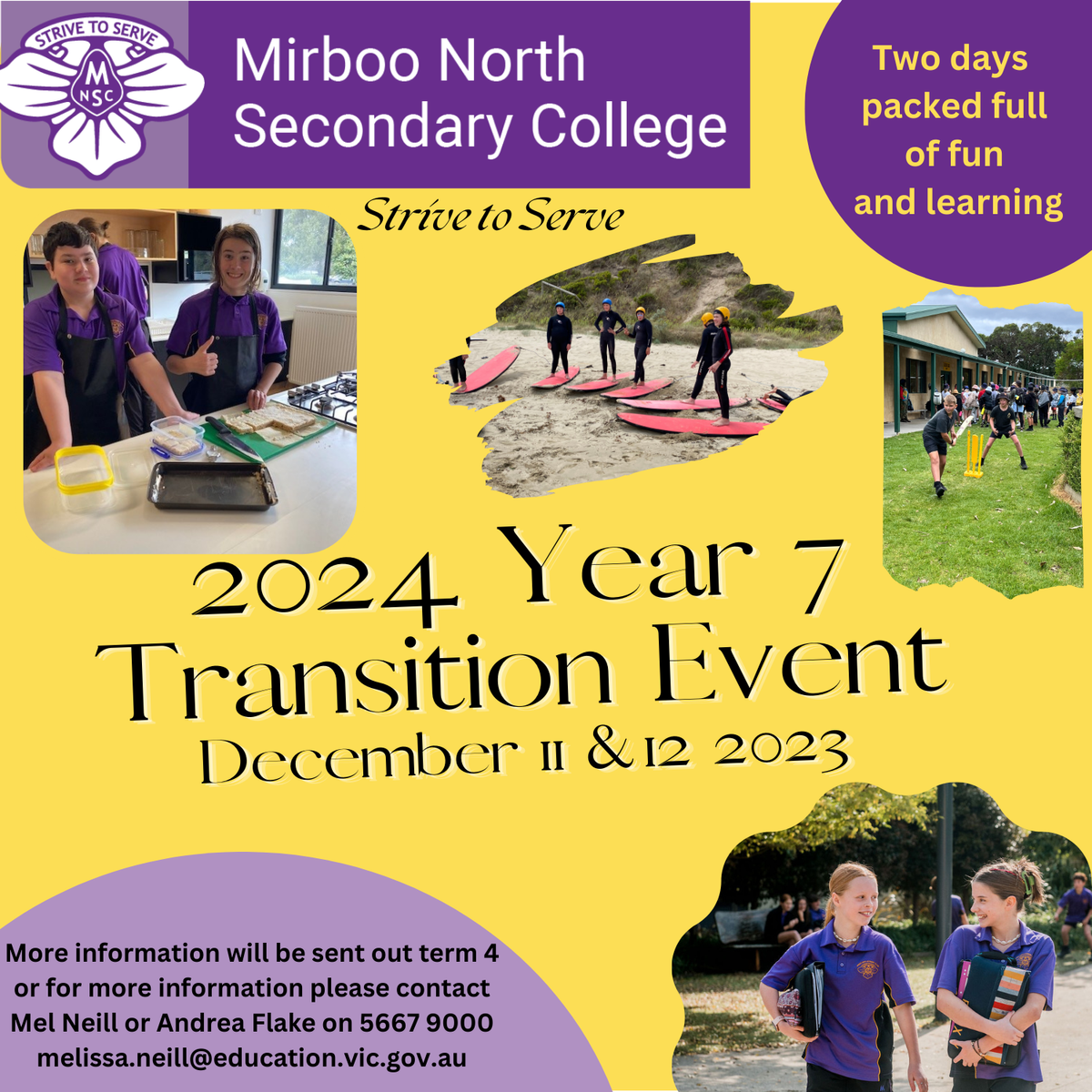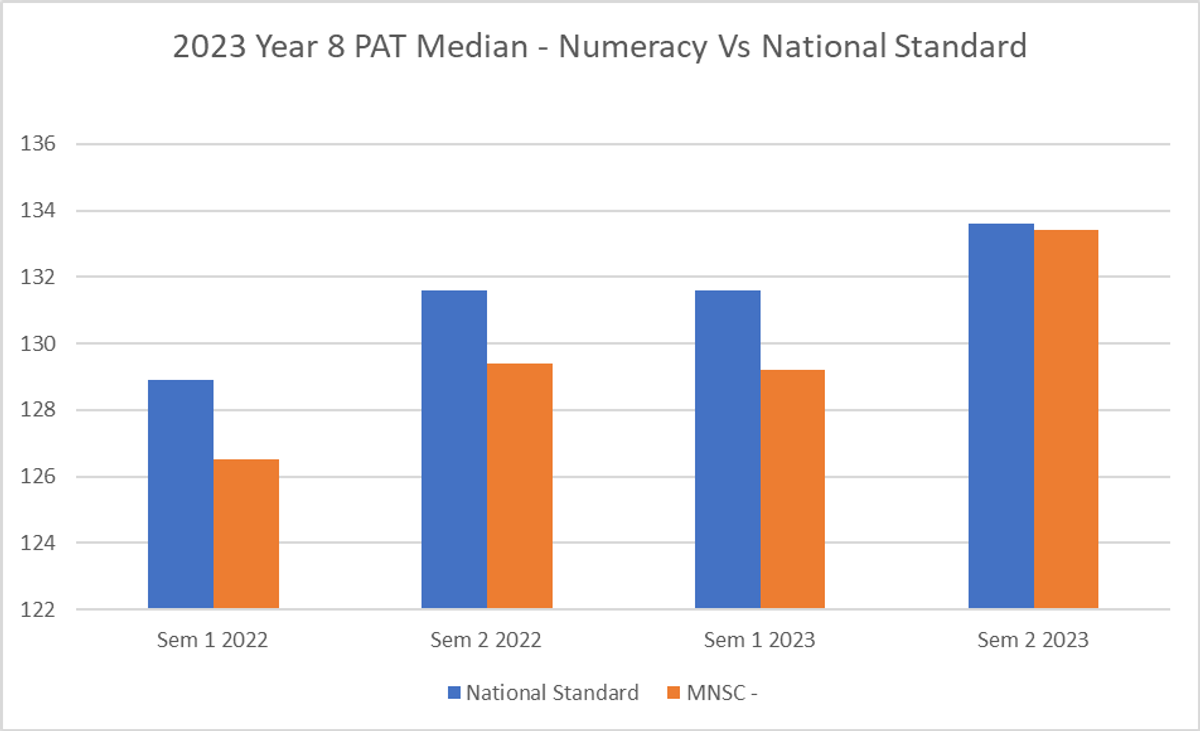School News

SCHOOL BEHAVIOUR MANAGEMENT PROCESSES AT MNSC
As educators, we approach the way we interact with students in two ways, with a focus both on students learning and their wellbeing. This model is called the Framework for Improving Student Outcomes (from the Victorian Government) – or FISO 2.0! Everything we do is built around this model and each leader, coordinator, teacher & member of support staff at MNSC operate with these key values at the centre of their work.
From this, we have a ‘management system’ which supports the learning and wellbeing of students. It outlines the expectations for positive behaviour and what happens when students make mistakes. It is common for everyone to make mistakes, but mistakes are also a big part of growing up. A phrase we commonly hear from parents is, “But they are a nice kid.” We agree, all our kids are nice kids, but making mistakes is a part of being human, they don’t make us ‘nice’ or ‘bad’, they just mean we have something to learn, and learning is what school (and life) is all about!
All our student management practices are organised into three tiers:
1: Universal which represents the needs of ‘most’ students.
2: Targeted where the school has a specific plan for individual students & intervene when we need to.
3: Intensive intervention for students with the most complex needs.
The Year Level Coordinators are the staff who most commonly follow up issues and are the ones who often contact parents and carers when students have made mistakes. But in reality, all teachers and leaders are responsible for managing their classrooms and setting consequences as well as rewards. Our school leaders oversee this, and support students, teachers, and coordinators with the decisions they make and hear them when they are unsure about next steps, or when they just need more information or guidance.
Students may have seen a purple chart called ‘Student Behaviour Expectations’ in our classrooms, which is a result of the great work which has gone before my time at MNSC. It outlines what RESPECT looks like for learning, self, others, and the environment.
This year teachers have been using a process which assumes that each time a student walks in the classroom, they have a ‘fresh start.’ That is, no matter their behaviour ‘yesterday,’ today is a new day and they are there to support each child’s learning. When a lack of respect occurs – to self, others learning or the environment – teachers are asked to follow some basic procedures:
1 – REMIND / warn: let the student know what they are doing doesn’t meet the expectations and if necessary, how to address it.
2 – REDIRECT/ second warning: this can look like a student moving seats, being asked to work with a different group or offering a different approach to the work etc.
3 – REMOVE/exit from class: sometimes this is a short ‘time out’ outside the classroom (particularly if a student has a pre-approved exit card), but sometimes this may require a student to go to the coordinator’s, AP’s office or a senior classroom to reflect.
4 – REFLECT: this step is an important one for restoring the relationship between student and teacher and/or other students. This one may take some time or may be effective immediately afterwards, however it is always necessary to have a restorative conversation at some level.
Each time a staff member observes behaviours which don’t meet our expectations, we ask them to log this on Compass. Teachers and ES staff use a range of chronicle types to alert either Coordinators, Wellbeing Staff or Senior Leadership about issues of concern. Similarly, they can (& should) log Positive Recognition or ‘green’ Compass chronicles when students display productive, kind, inspiring, respectful, or academically outstanding behaviour which we want to celebrate and reward. From here the Coordinators monitor all the entries which come through each day.
A key message for parents and students to understand is: we work as a team. Coordinators support each other and always aim to FIRST ASK, then act. This means students & teachers need to be HEARD and truths often need to be told. Young people often find it quite challenging to tell the truth, especially when they know that what they did wasn’t right, or that they may be about to get in trouble both at school and/or at home. Again, this is normal human behaviour. It is our jobs as adults, parents and school staff, to guide students through the sometimes-painful process of learning to admit when we have made a mistake! The difficult moments in our lives often make for the greatest learning.
As we head towards the end of 2023 & into a new year, we plan to engage in further work using evidence-based approaches to school-wide positive behaviour support (SWPBS). My goal moving forward is to have strong buy in from students, leaders, wellbeing staff and also parents; so watch this space!
Communication with students, parents, carers, and the wider community is something I value highly and enjoy immensely. I hope this information has helped you understand a little more about the process we go through each day and the way we aim to build a positive, productive learning environment at Mirboo North Secondary.
As always, feel free to contact me for a chat in the Middle School; any time 😊
Melissa Neill
Assistant Principa
Exploring Democracy
Year 10 Humanities classes recently immersed themselves in understanding democratic principles through a mock referendum. The activity dived into the intricacies of voting and counting systems, the concept of double majority and the profound impact a referendum can have on the constitution. Minus the sausage sizzle students cast their votes with each class representing a ‘state’ and were party to the meticulous counting process and the significance of fairness and transparency in the election/voting process. Students of being involved as informed voters and being involved in democracy.
Year 8 Science
The year 8 students have been learning about light and how we see. Recently they completed an eye dissection to investigate the different components that make up the eye.
Code Red Fire Danger
A reminder to all families, that on days of Code Red in the West & South Gippsland Fire Zone, the college will be closed.
We ask families to be aware of this in preparation to when Summer returns.
School preparations for the bushfire season
Each year, to prepare for bushfires and grassfires, schools and early childhood services complete a range of activities.
The Department of Education runs an annual fire risk assessment of schools and early childhood services. They are allocated a category of risk (categories 0 to 4) and are published on the Bushfire At-Risk Register (BARR).
All schools and early childhood services listed on the BARR and Category 4 list will also close when a Catastrophic fire danger rating day is forecast in their fire weather district.
When the Bureau of Meteorology provides public fire danger rating forecasts or fire weather warnings, they use fire weather district areas. In Victoria, there are 9 fire weather districts, which are based on Local Government Area boundaries. Our school is in the West and South Gippsland fire weather district.
As part of preparing our school for the fire season, we have updated and completed our Emergency Management Plan and prioritised any maintenance works that may assist in preparing for the threat of fire, and cleared our facility’s grounds and gutters
What does this mean for our school?
Our school has been identified as being at risk of bushfire or grassfire and is a Category 3 school.
Our school will close on a day forecasted as Catastrophic fire danger rating in West and South Gippsland fire district.
What is the department’s policy?
The department’s Bushfire and Grassfire Preparedness Policy requires all schools and early childhood services on the BARR and the Category 4 list to close when a Catastrophic fire danger rating day is forecast in their fire weather district. All school bus routes which travel in or through a district with Catastrophic fire danger must also be cancelled.
When will our school be closed due to Catastrophic fire danger?
Our school will close on a day forecasted as Catastrophic fire danger rating in West and South Gippsland fire district.
Closure of the school due to a forecast Catastrophic day will be confirmed on the day prior and we will provide you with advice before the end of the school day. Any information regarding potential or confirmed Catastrophic fire danger days will be communicated to you by Facebook and Compass/ email.
Once confirmed, the decision to close will not change, even if the weather forecast changes. This is to avoid confusion and help your family plan alternative care arrangements for your child. It is also important to be aware that:
- No one will be on site on days where the school is closed due to a forecast Catastrophic day.
- All bus routes that travel through the Catastrophic area will be cancelled.
- School camps will be cancelled if a Catastrophic fire danger rating day is forecast for fire weather district in which the camp is located, or if the travel involves passing through areas that have Catastrophic fire danger.
Families are encouraged to action their Bushfire Survival Plan on Catastrophic fire danger rating days. On such days, children should never be left at home alone or in the care of older children.
For those of us living in a bushfire prone area, the Country Fire Authority (CFA) advises that when Catastrophic days are forecast, the safest option is to leave the night before or early on the morning of the Catastrophic day.
What can families and the school community do to help us prepare?
- Ensure we have your current contact details, including your mobile phone numbers.
- Keep in touch with us by reading our newsletters, checking our website Mirboo North Secondary College - Strive To Serve (mnsc.vic.edu.au) and the school’s social media.
- Make sure your family’s bushfire survival plan is up-to-date and includes alternative care arrangements in the event that our school is relocated, undertaking learning from home and/or closed due to elevated fire danger or closed due to a Catastrophic fire danger. Further information can be found on the CFA’s website.
- Action your family’s bushfire survival plan if your own triggers are met. Our school community may be spread out across many areas and some families may be at higher risk than others. Your family’s safety is critical, so please let us know if you are actioning your bushfire survival plan and if your children will be absent on these days.
- If your child is old enough, talk to them about bushfires and your family’s bushfire survival plan.
You can find more information on emergencies, warnings and preparedness actions here:
- VicEmergency app – that can be downloaded on your android and iOS mobile devices
- VicEmergency Hotline (1800 226 226)
- Website https://emergency.vic.gov.au
- ABC local radio, Sky News and other emergency broadcasters
- Facebook (https://www.facebook.com/vicemergency)
- Twitter (https://twitter.com/vicemergency)
Canteen
The canteen has sadly had to increase some prices, please see the new pricelist below, remember you can also order online via QKR
Virtual Reality Careers Experience Day
Today our Year 8s and 9 students had a visit from the MindFlight7 team allowing students to experience the immersive and interactive virtual reality experiences cantered around various career and trade related scenarios. Students engaged in hands-on experiences and in-depth discussions on the essential skills required for a diverse range of careers before completing their career action plans to help them start to map out their future.
During period 6, we were lucky enough to have a visit from a variety of employers who talked about the industry they’re working in, their pathways to get their and other occupation opportunities in similar fields. We were lucky enough to host
- Veronica from Gipps Dairy who spoke about careers in the Dairy and Agriculture industries,
- Dylan from Integrity Business College, who spoke about the Information Technology world including careers in AI and Cyber Security.
- Students had the opportunity to hear about apprenticeships (school based and full time).
- Ms Dauphin spoke to students about careers in education including early childhood education and care.
- Shane from CFA Headquarters/Fire Rescue Victoria spoke about career opportunities in the Fire Services industry as well as other emergency services.
- Emma, our school nurse spoke about her life in the medical industry prior to her school role as well as other allied health and medical opportunities.
Thank you to all of our guests.
Biomedical Sciences Day
Mirboo North Secondary College student steps inside the southern hemisphere’s largest biomedical precinct
The budding scientist embraced Biomedical Sciences Day at the University of Melbourne
Kate Gibson and her son Jacob, who attends Mirboo North Secondary College were among 120 students from across regional and rural Victoria to attend the Annual Biomedical Sciences Day at the University of Melbourne.
The local student had the exciting opportunity to experience life as a biomedical scientist at the event presented by the University of Melbourne’s School of Biomedical Sciences and the Gene Technology Access Centre (GTAC).
The University’s Head of School of Biomedical Sciences, Professor Jennifer Wilkinson-Berka, encouraged the students to think about the science behind what creates, sustains and threatens people’s lives in Australia and beyond.
Professor Wilkinson-Berka spoke of the revolutionary work underway at the school, and the Gene Technology Access Centre— including biological processes to better understand human health, computational biology, 3D printing to replace bones, genomics: new tools for cancer treatments, and new vaccines to combat disease.
Professor Wilkinson-Berka encouraged students to apply to the Bachelor of Biomedicine after completing their VCE studies. “When you come to Melbourne, you don’t just come to the School of Biomedical Sciences,” she said, “You have access to the whole of the Melbourne Biomedical Precinct, a collaboration of hospitals and research institutes that are right on our doorstep, not to mention the diverse range of career opportunities upon completion of your studies.”
Students worked alongside researchers in the Gene Technology Access Centre Laboratories to photograph specimens using light, fluorescence and scanning electron microscopes, and had the opportunity to enter the images into their own Under the Microscope Coverslip Competition.
They also took a behind the scenes look at the University’s Harry Brookes Allen Museum of Anatomy and Pathology and uncovered real tissue specimens and historical anatomical models, and a tour of the Digital Learning Hub which allowed students to experience how innovative digital technology is used to study the human body.
“I was really keen to participate” said student Jacob, who enrolled himself in the initiative. “I’m really curious about nutrition and food as fuel for the body”.
University students Karam Matloob, 2nd year Bachelor of Biomedicine, and Sandra Lin, 3rd year Bachelor of Biomedicine, spoke about their courses, the diverse research topics they are pursuing, and life on campus and in Melbourne.
The Upper Yarra Secondary School students also learned about Access Melbourne, a program that helps students from rural or regional areas gain entry to undergraduate courses at the university. Each year, 20 per cent of domestic undergraduate places are reserved for Access Melbourne applicants.
Year 7 Transition Days
Is SPARX Maths helping our students with maths?
Our goal at MNSC, is to give students every opportunity to pursue their career pathway of choice. No one pathway is better than another, but what we hate to see is students who have little choice or few options because their skills are not sufficient to undertake further training or education. There are very few jobs now for unskilled labour, and these are often part-time or casual. This type of work reduces life outcomes for our students. Parents who tell their children that they didn’t do well at school and/or never did any further training are probably setting their children up for failure. Most jobs now require us to be lifelong learners and many of the jobs that exist today, won’t exist in another 20 years’ time – our kids will need to be adaptable and learn new skills!
To enter TAFE, students are now required to sit a Literacy and Numeracy test to access the course of their choice. We have had examples of students not passing this test and being instructed to return to schooling. If a student has organised an apprenticeship with an employer, this can be incredibly disappointing for them. To help improve our students’ skills (especially post COVID), we have developed tools for students to improve, a major strategy which is proving to be highly successful is SPARX. Ultimately, and no surprise to most adults, practice tends to make us better! Both VCE and VM students now sit a literacy and numeracy test in the form of the General Achievement Test in Year 12. Formerly only VCE students sat this test.
The SPARXS data is in!
The results are in and we are pleased to report some amazing results for our hardworking students!
Our year 8’s have been undertaking their weekly homework tasks with SPARX for two years now, and not only have we seen growth each year, we have made massive gains against the National Standard as can be seen below.
At the start of year 7 2022, our students PAT Maths Adaptive Test - Median Score was well below the National Standard.
By the end of semester 2 2022, the students had made some great improvements, 2.9 vs the National Standard improvement of 2.7.
This year was even better! A massive 4.2 improvement vs a 2.0 National Standard improvement.
Our students now almost at the National standard!
We expect students to improve each year, however to make significant gains against the National Standard is amazing.
This is great evidence that our SPARX MATHS Homework program that we value highly, is having a great effect on our students!
We have also seen similar gains by our year 9’s and year 7’s doing SPARX for the first time this year.
SPARX MATHS GOLD STANDARD - Tips for improving your SPARX submissions
- Start you work early in the weekly cycle, the new homework task is released early Saturday morning. Try to make a start over the weekend.
- Complete as much as you can early in the week, so you can seek help with tricky questions through you teacher.
- Don’t just write your answer for bookwork checks. The intention of SPARX is for you to write all of your working and the answer. There is great evidence that writing helps to cement neural pathways in your brain.
- Finally submit your 1 hour of homework BEFORE Friday’s 7pm deadline, and feel proud of your organisation and determination and importantly enhanced understanding of Maths!
FOR OUR PARENTS
Thank you for your support. Keep encouraging your child to complete their SPARXs Maths Homework task each week. You will be aware of the progress email you receive each week detailing your child’s progress. Thank you, you are making a difference.
